May 7, 2023
Martha O'Kennon
The weeks come, the weeks go. This one is ending on a warmer trend. It's already in the 60's F at 10 am. The dandelions are suddenly in full bloom. The Forget-Me-Nots are approaching it. And the Money Plant (Honesty) is that lovely magenta color. (We used to have the white variant, but I'm such a Magenta-lover this one thrills me!
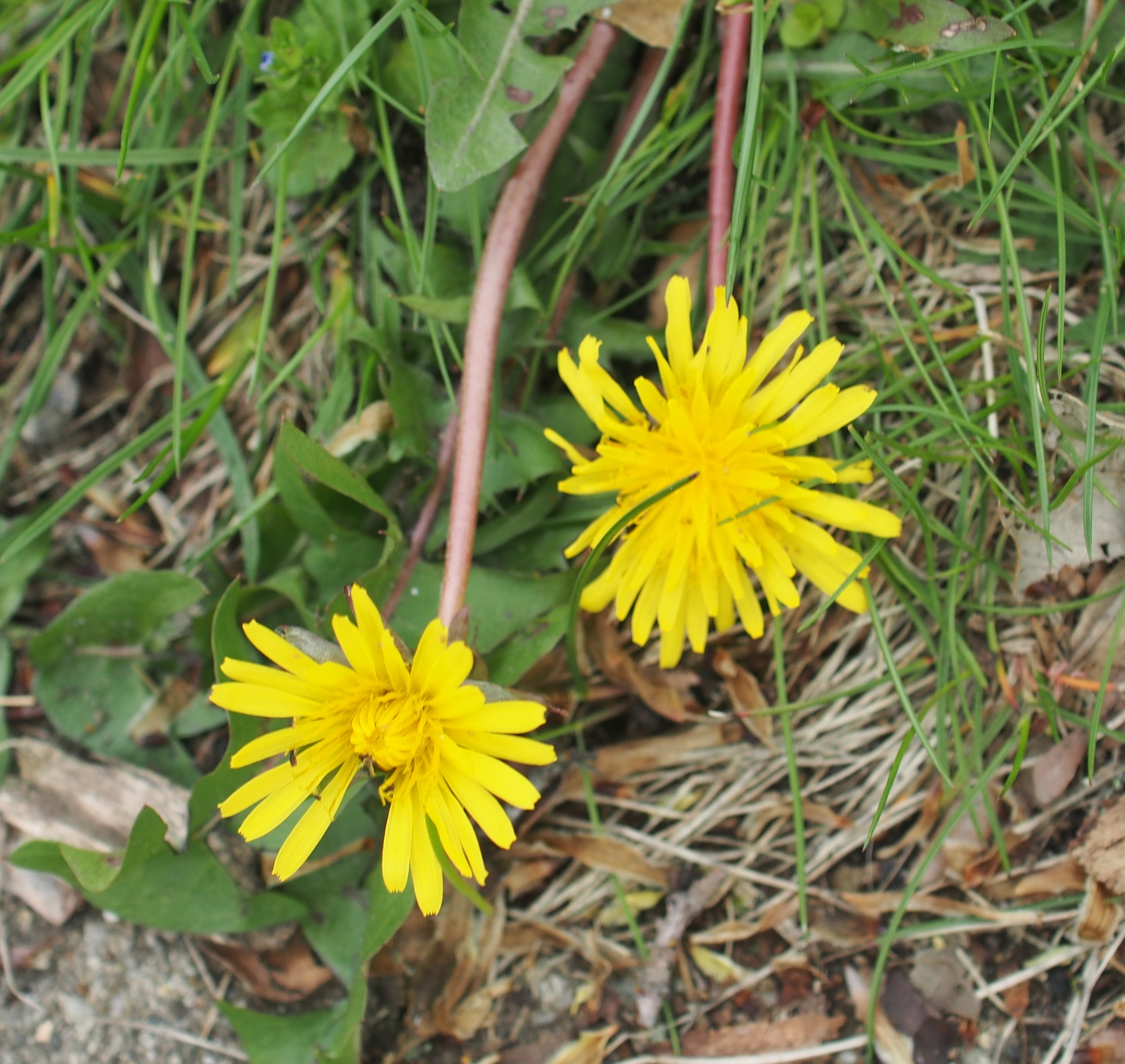
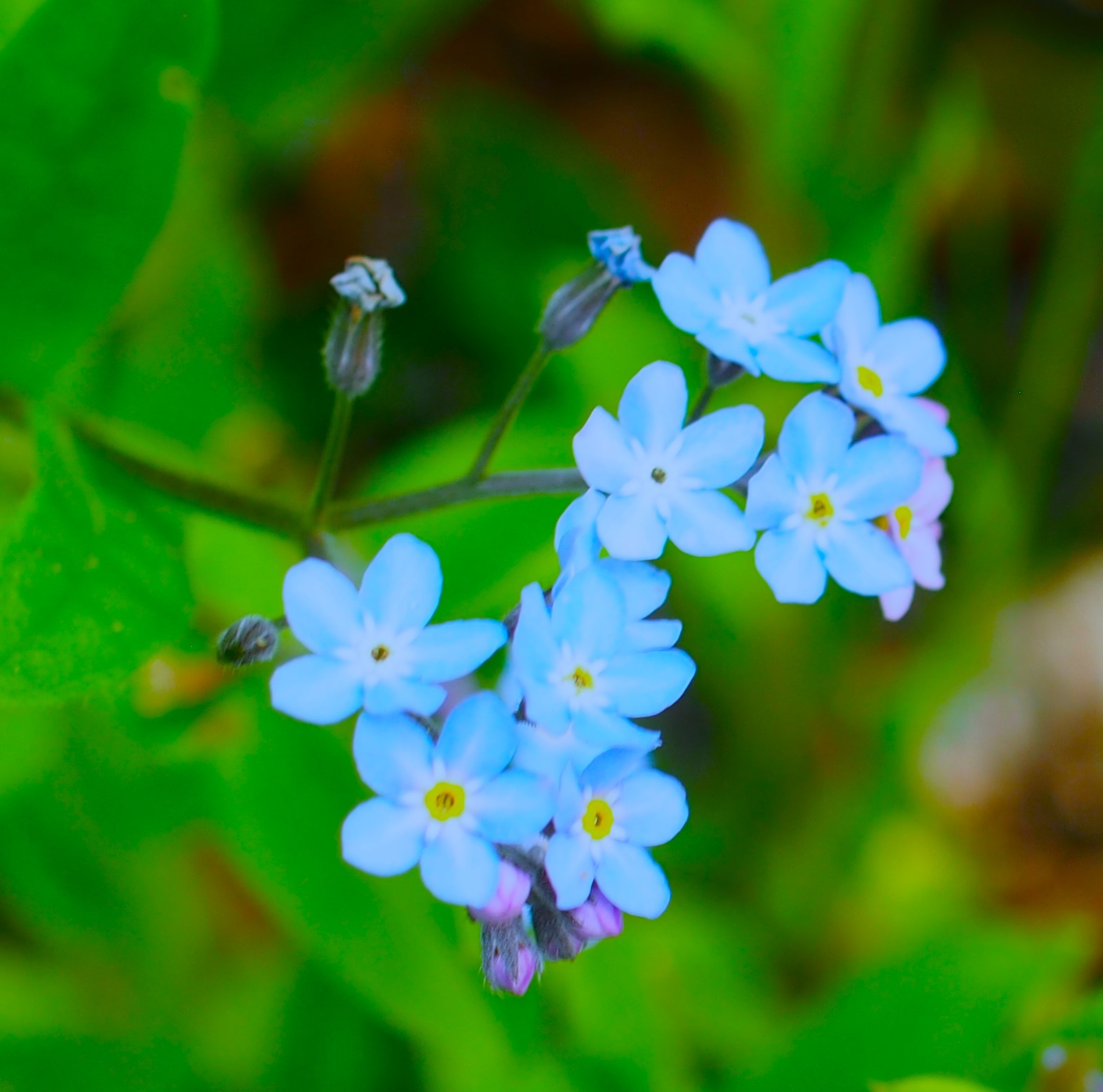
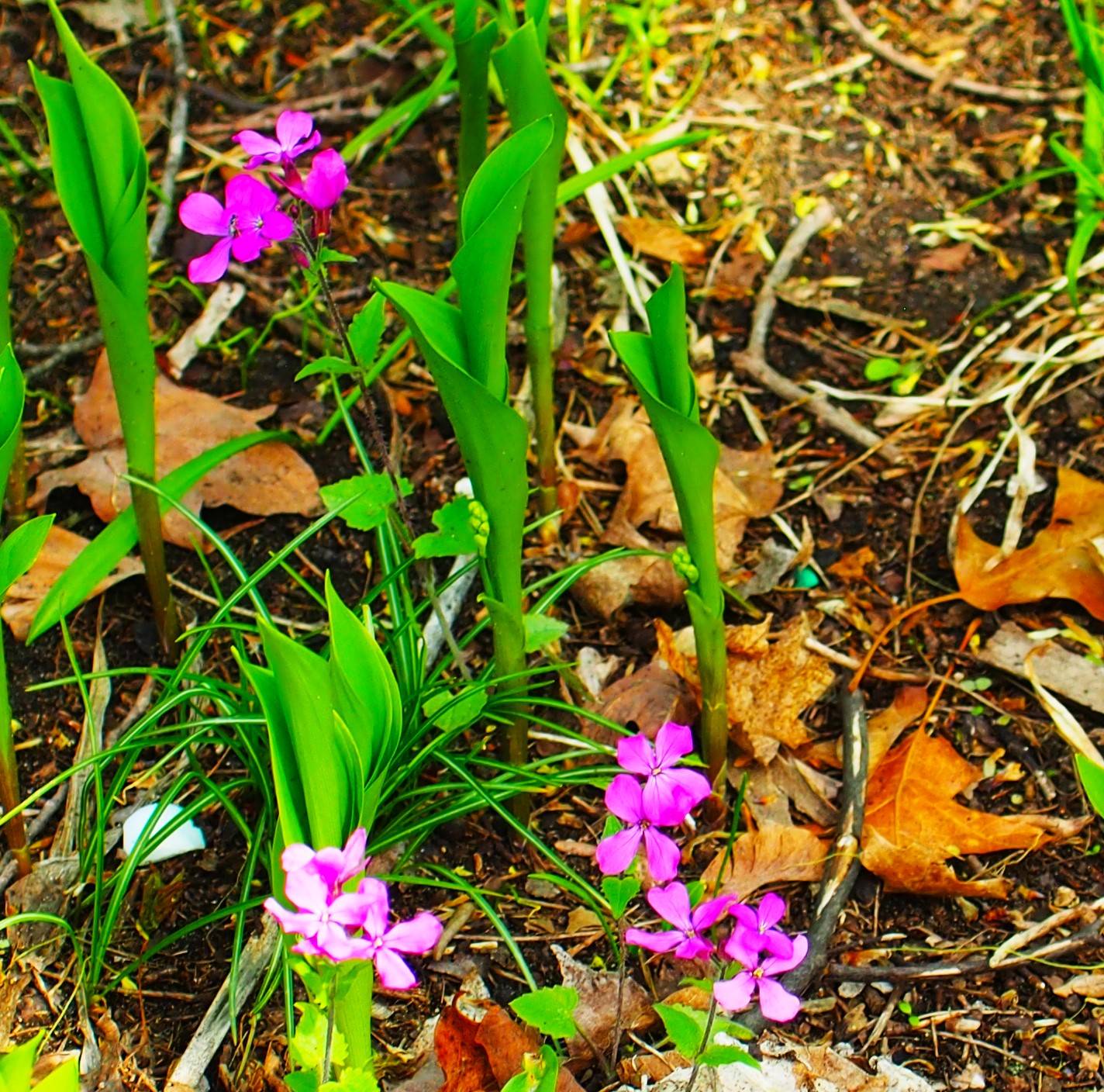
Remember that there is information in the name of the file for each image. You can see it by mousing over the image - look at the lower left of the screen. Or you can click again on the image to get to the (usually) larger image. Then the info is displayed in the address line above. Sometimes the second click will actually display a different view of the original image.
An American Winter Ant (or what I usually shorten to just Winter Ant) on May 4. The one in picture 2 is admiring the entrance to its nest. If it rains before next week, you'll see them scurrying to clear the entrance YET AGAIN. Third is the nice clean entrance as of May 1.
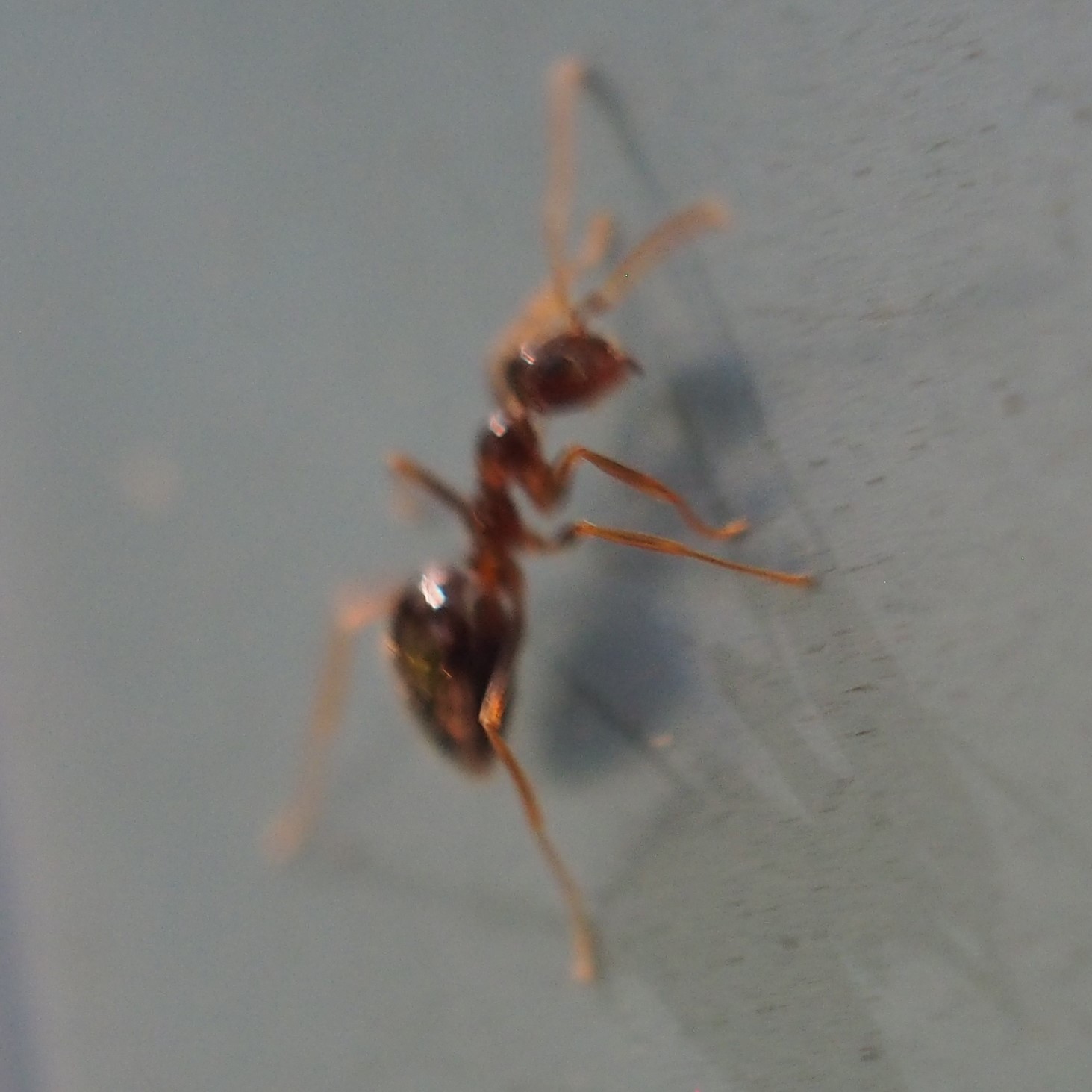

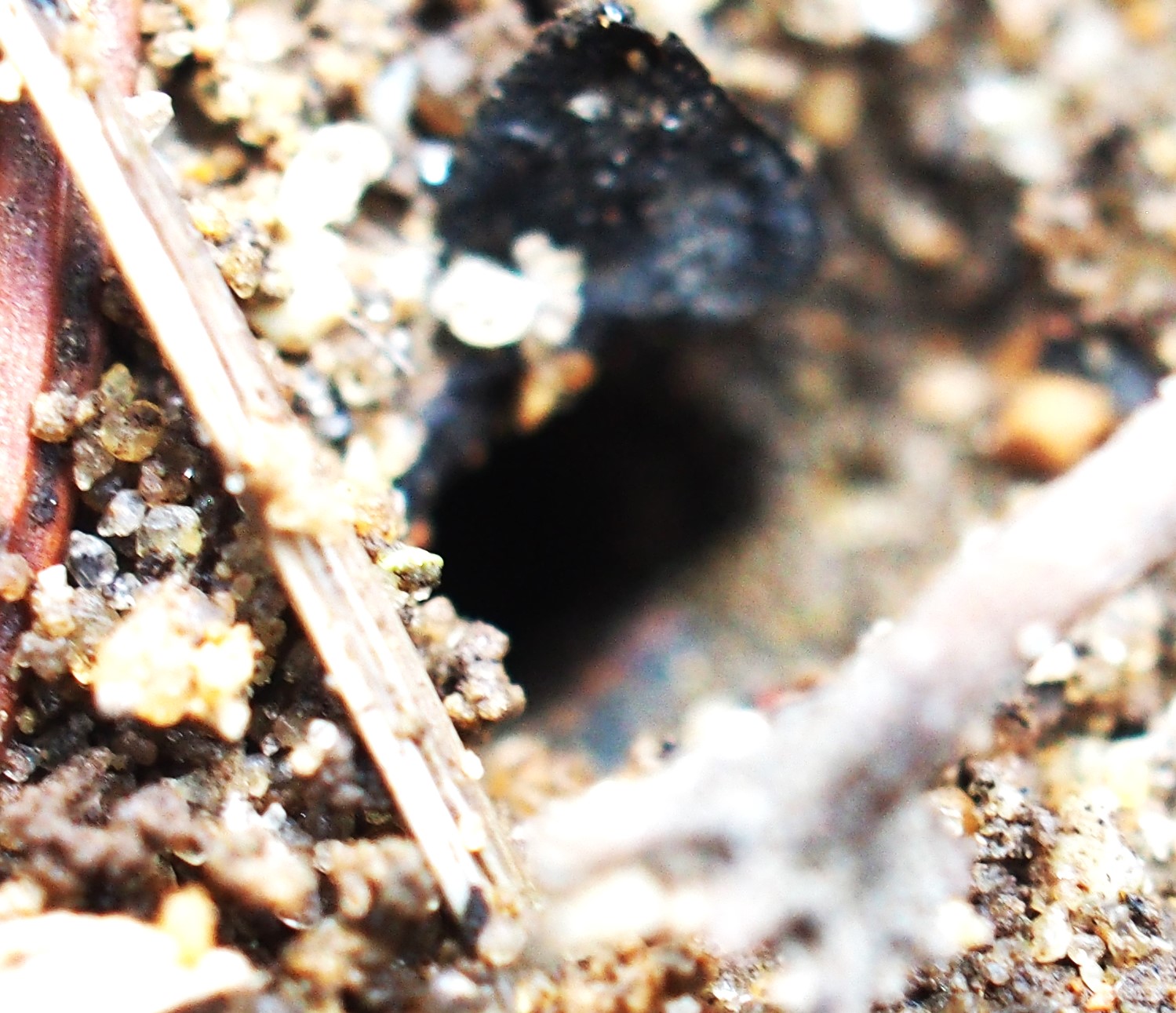
Here is some possible Nearctic Ants. I always look for the reddish thorax since without that signal they tend to look like other Carpenters. These last two might actually be Eastern Black Carpenters.

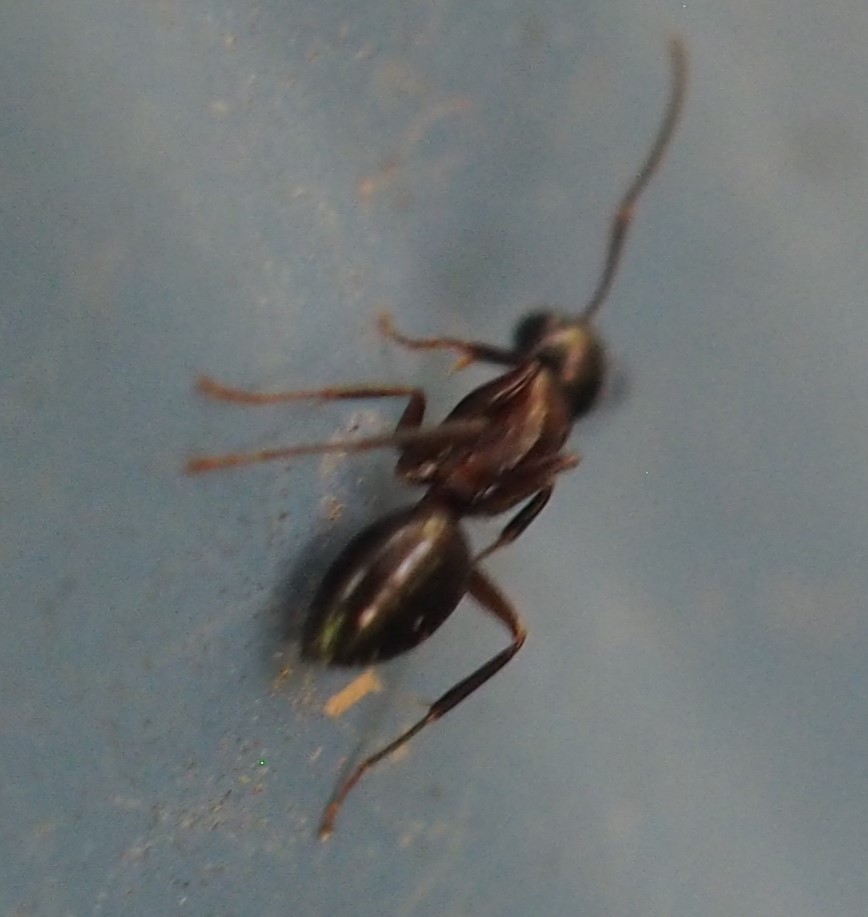

Ant Guru @stevenw12339 ID'ed this Last Week as an Immigrant Pavement Ant (Tetramorium immigrans).
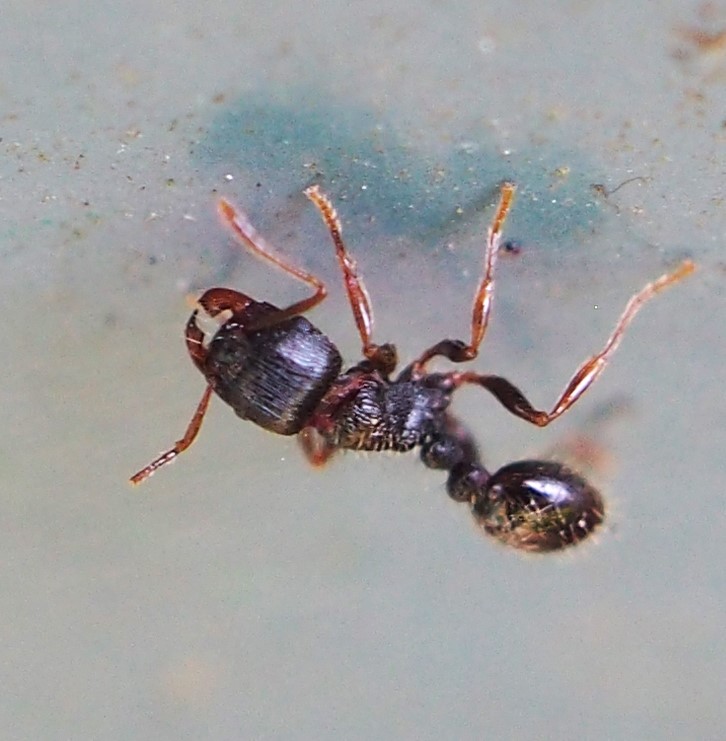

For some time now, I've been taking pictures of Barklouse egg clusters. It isn't really late, but I tend to get overeager when those clusters stay the same for too many months. Suddenly this week some things seem to be moving along. First here is a picture from April 10 with three barklouse eggs next to a lichen conglomeration. Next is that same scene on April 22, and a picture from this week (May 1).
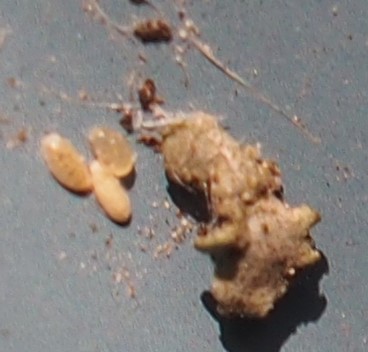
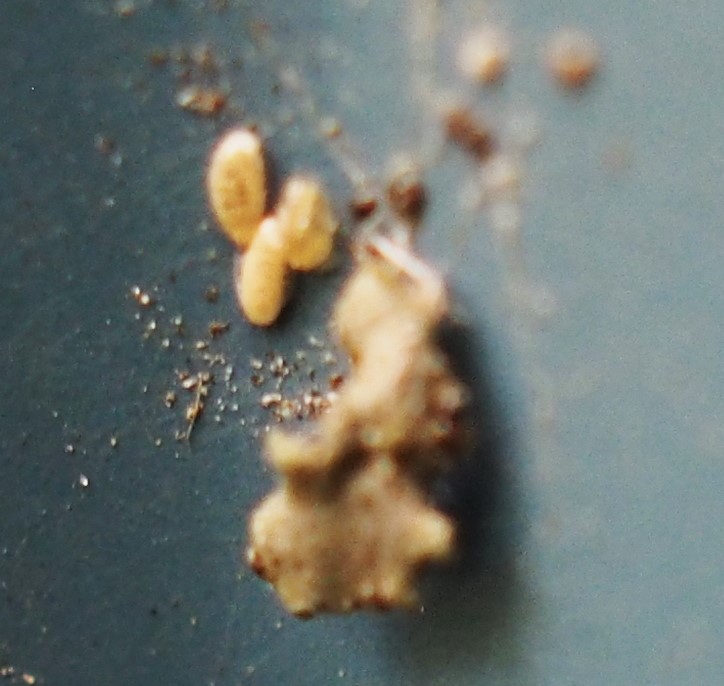

Last week we saw how the Common Eastern Bumblebee loved the Celandine Poppies. It seems that they haven't switched affections this week. But yesterday we saw a much smaller Bee in those same Poppies, and I'm still waiting to find out what it might have been.
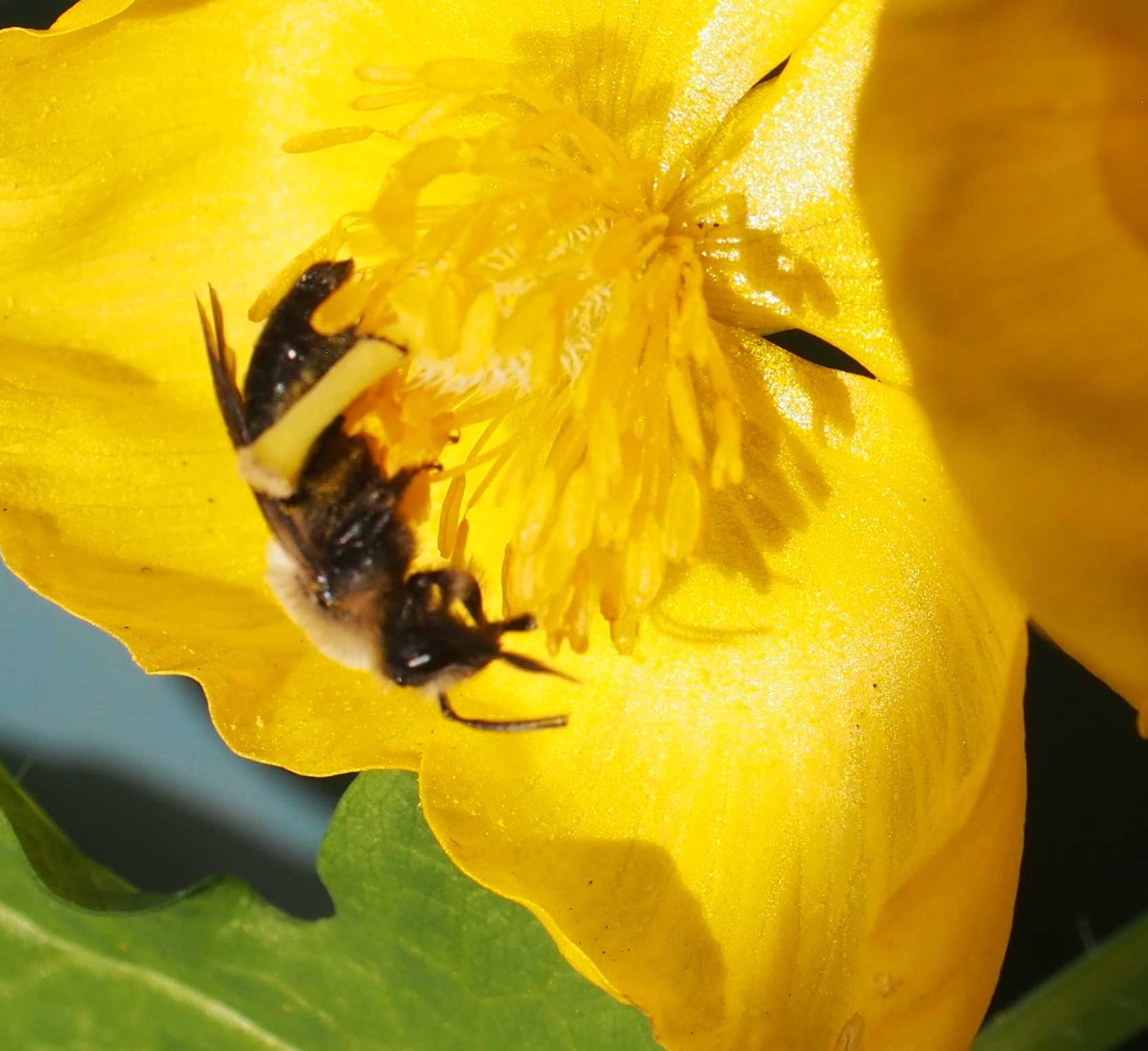
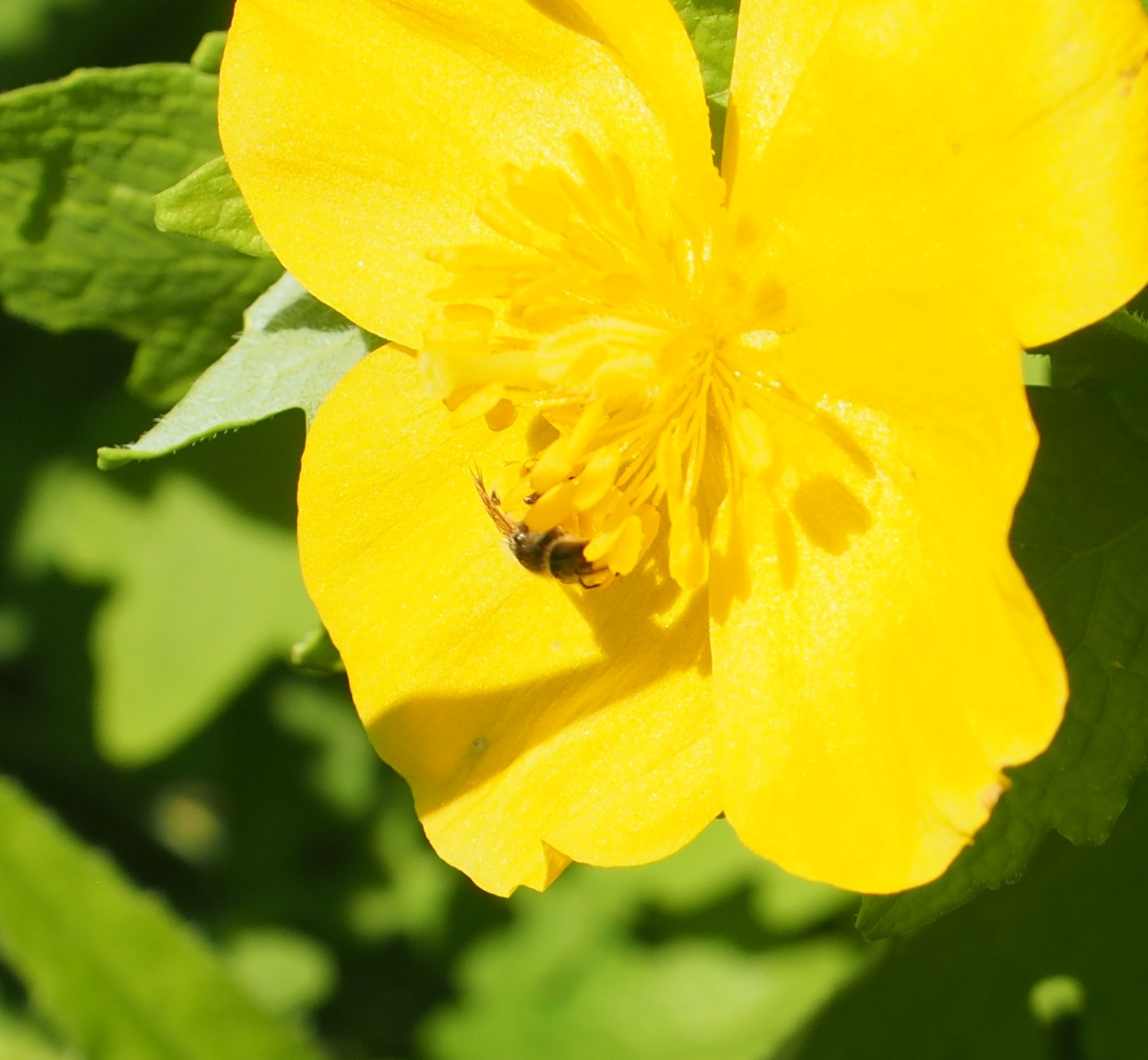

Here is a mystery Bee in a little clump of Forget-Me-Not. Next is a small Bee in a group of Grape Hyacinth.. and then another view of the same little fellow. Fourth is a Western Honey Bee considering a small flower.
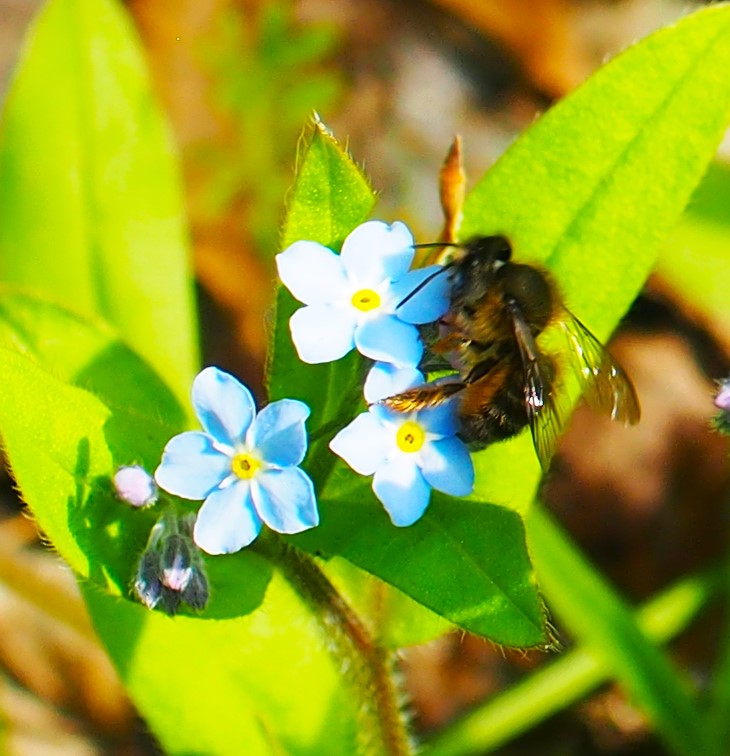

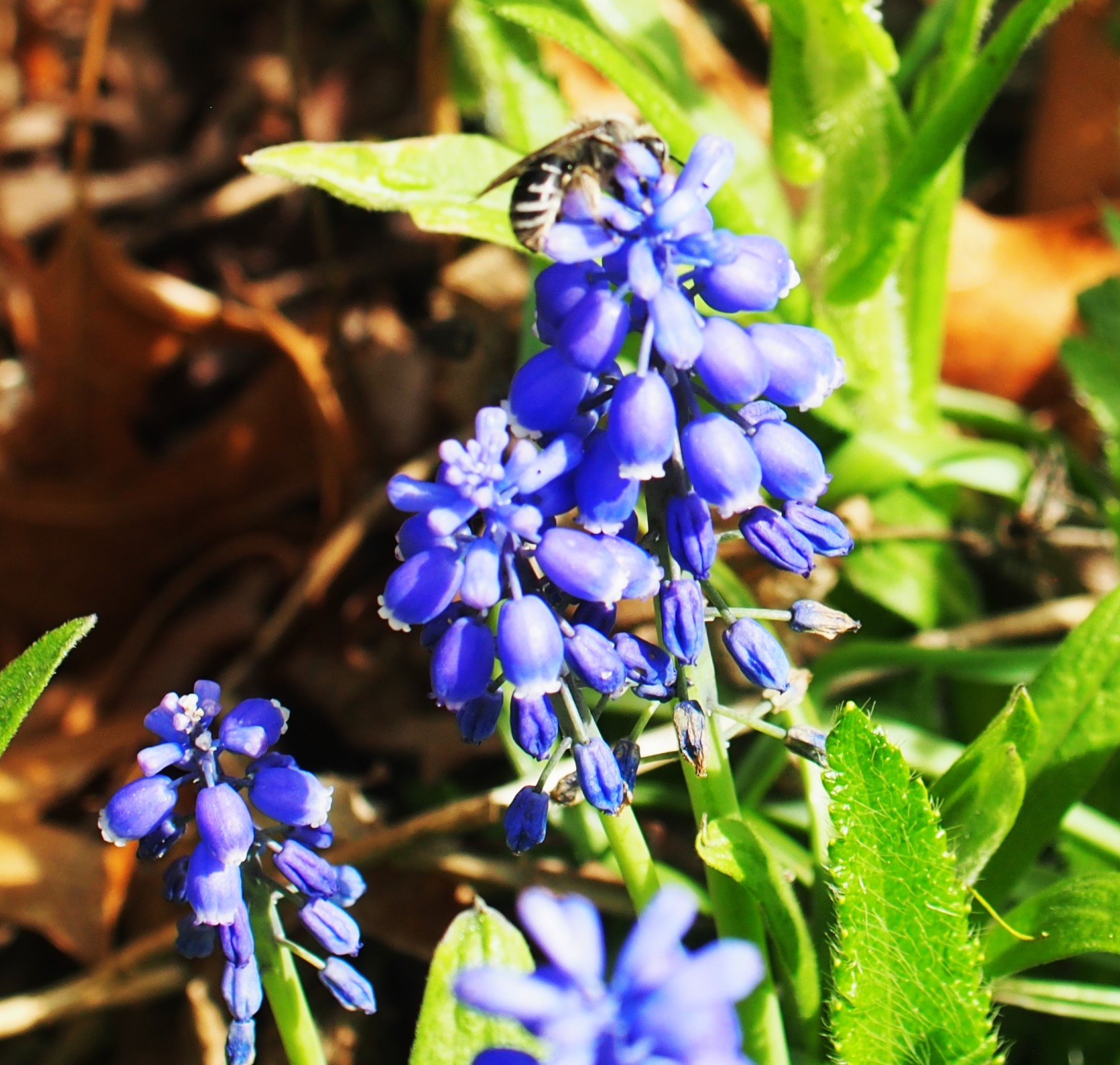

Beetles? Why, no. Oh yes. If you want to count the most common Beetle of all in this past week - it's got to have been that Weevil, the Redbud Seed Weevil. In fact, in all my years of watching for Beetles, there seem to have been more of those this year than in any other memorable year. Oh, here is something. I called it Beetle-Bug, since it is upside down and I can't use it to study the wings to find out which it is. Finally here's a Bug, Drymus Unus. That happens to be one of the Bugs in which there is very little interest, except from me and a handful of other people.
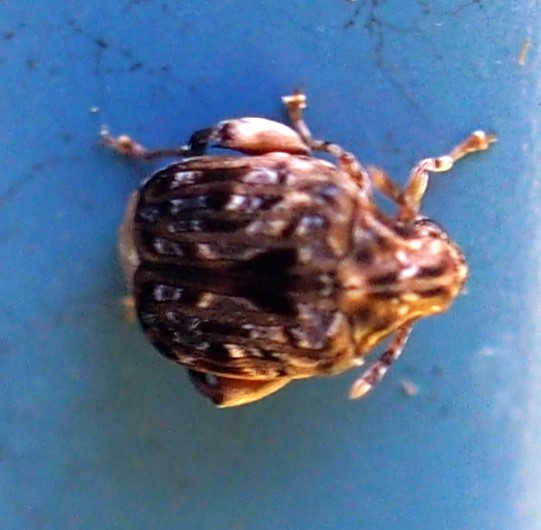
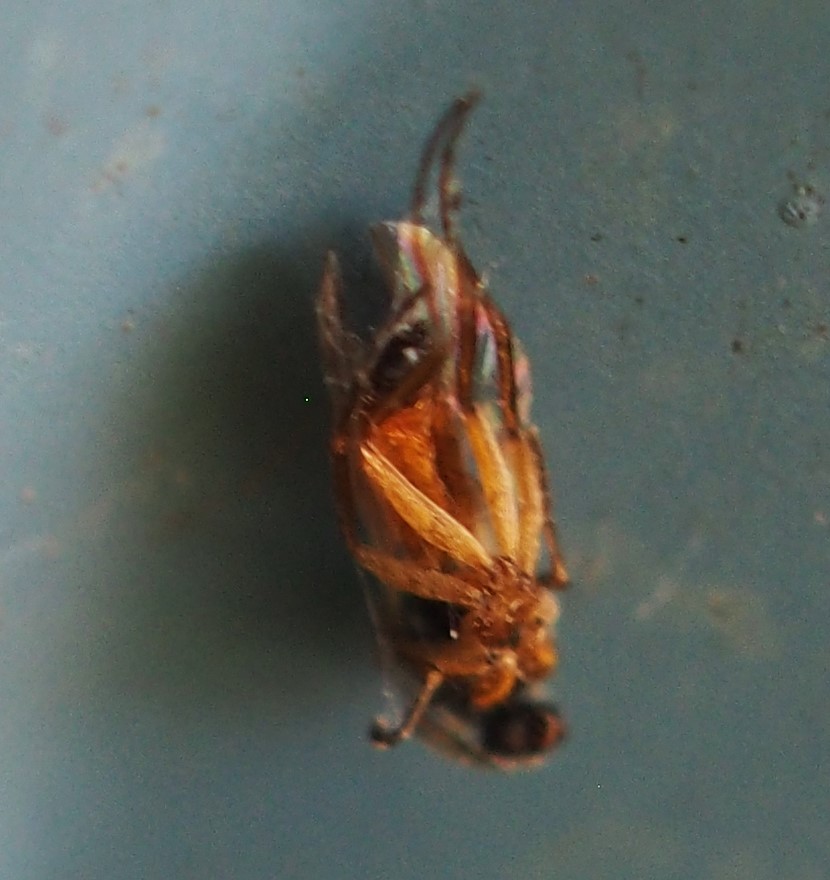
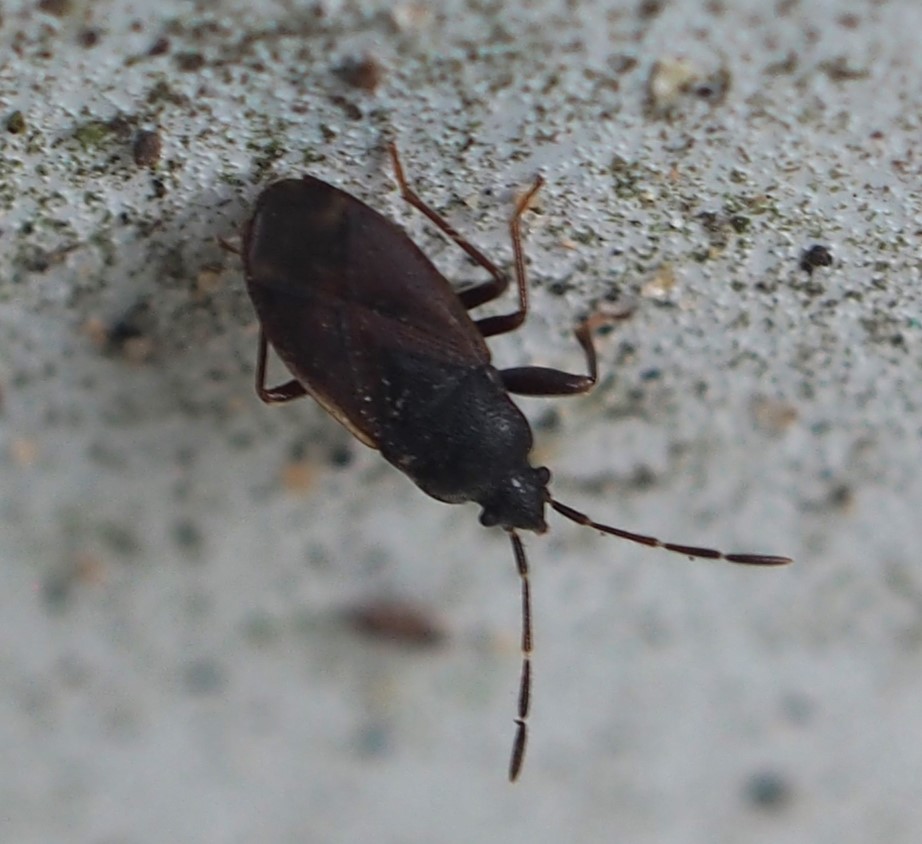
One of the things that is most interesting about D.unus is that in ALL the pictures in iNat (and I went through their whole list of Extra Photos of it), one thing I never saw in There or in real Life until today is that it seems to be very closed about this: all Bugs CAN open up their underwings, but I've never seem D. unus do that until yesterday. Suddenly this Bug changed to something rather beautiful. Here are some of the open-wings pictures I got then. I'm still so excited to have been allowed to see this view. Today I got the message that it is NOT Drymus unus, but Eremocorus ferus, which I'd likewise never seen opened up. These two Bugs are both in the same family.
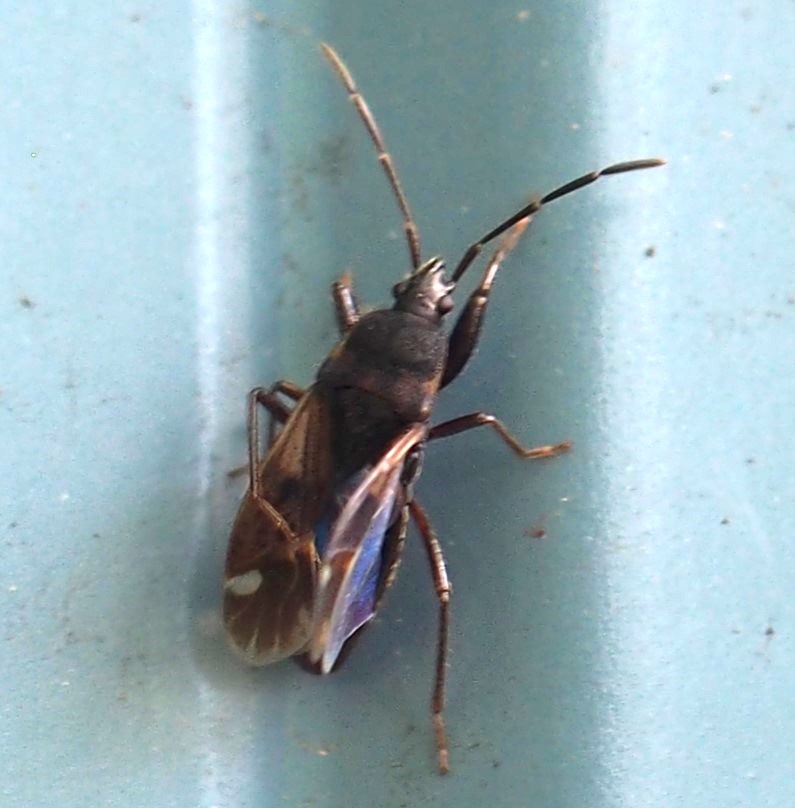
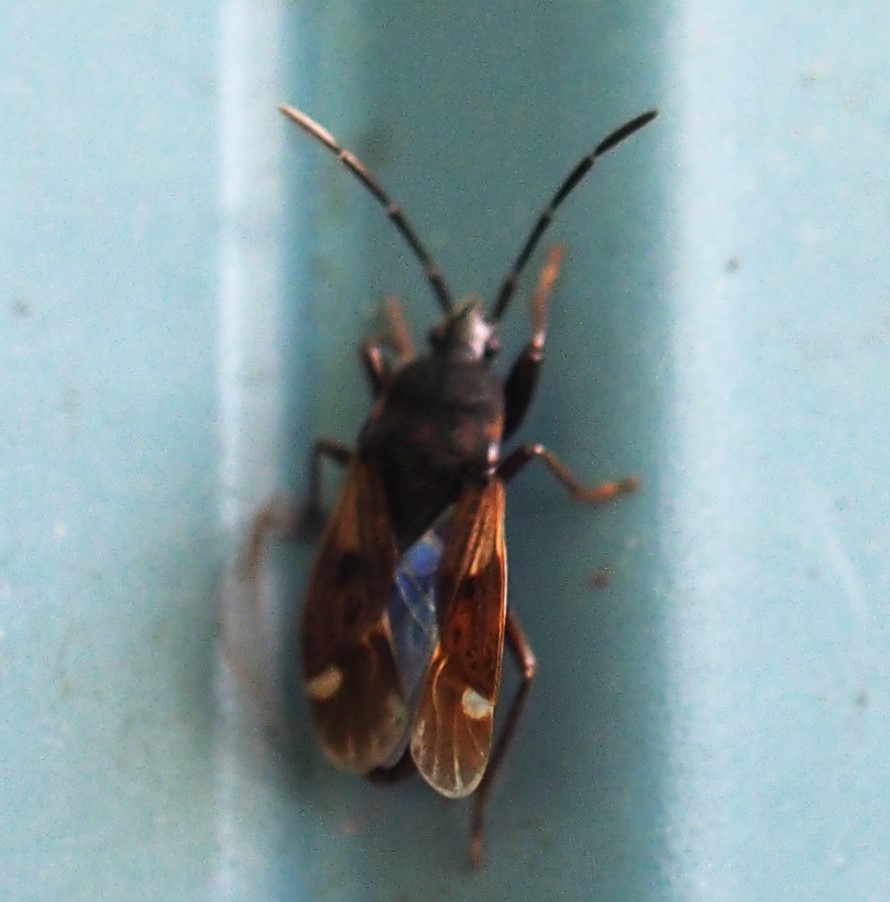
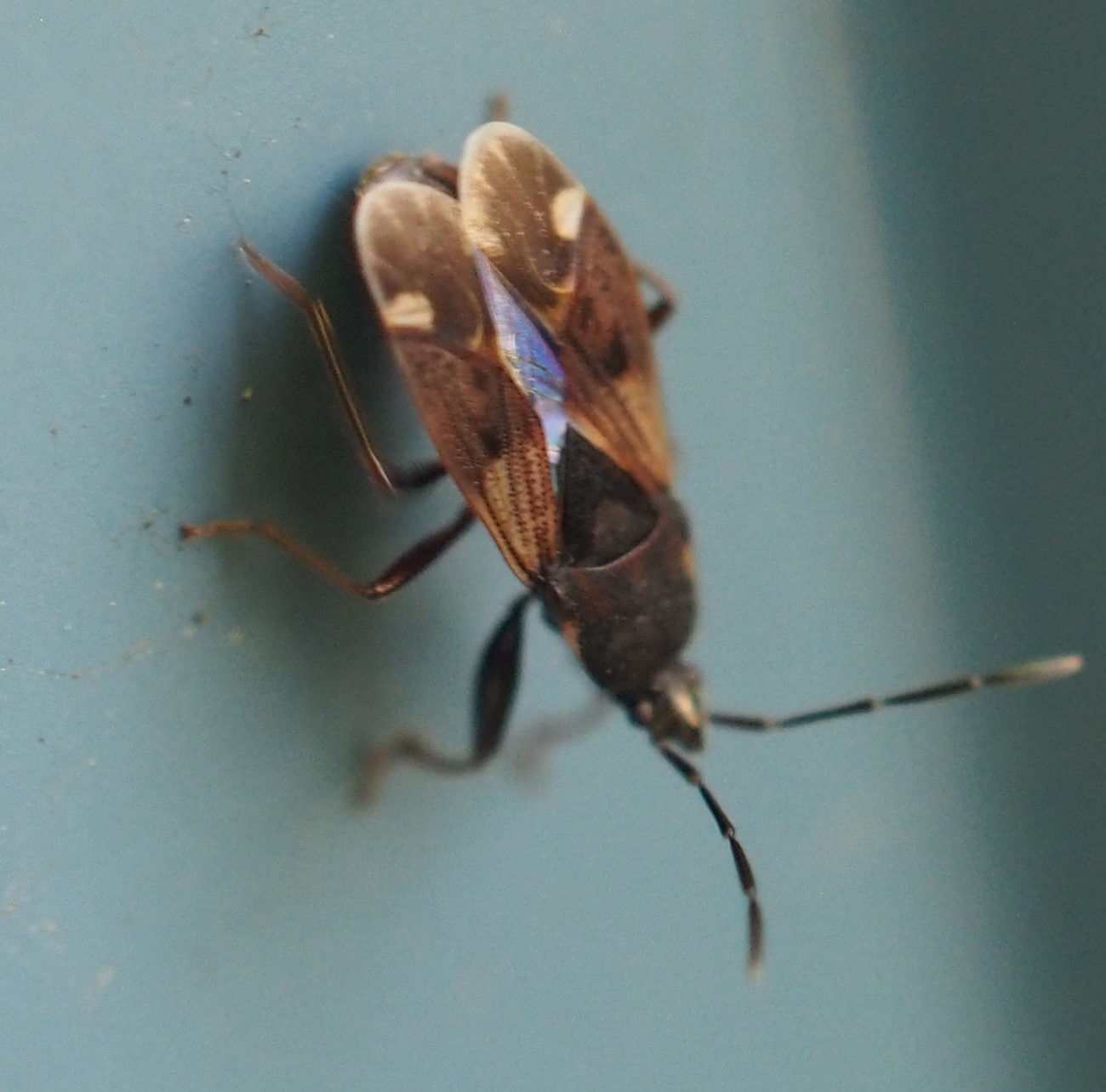
More Bugs. I remember when this little Pale Green Assassin Bug (Zelus luridus) was much smaller and sort of orange. Now its name "luridus" really seems to fit. What a shocker! Here are two more that I think are Bugs, though I haven't submitted them yet. The last one looks as if it were cut out of a flap of light paper.
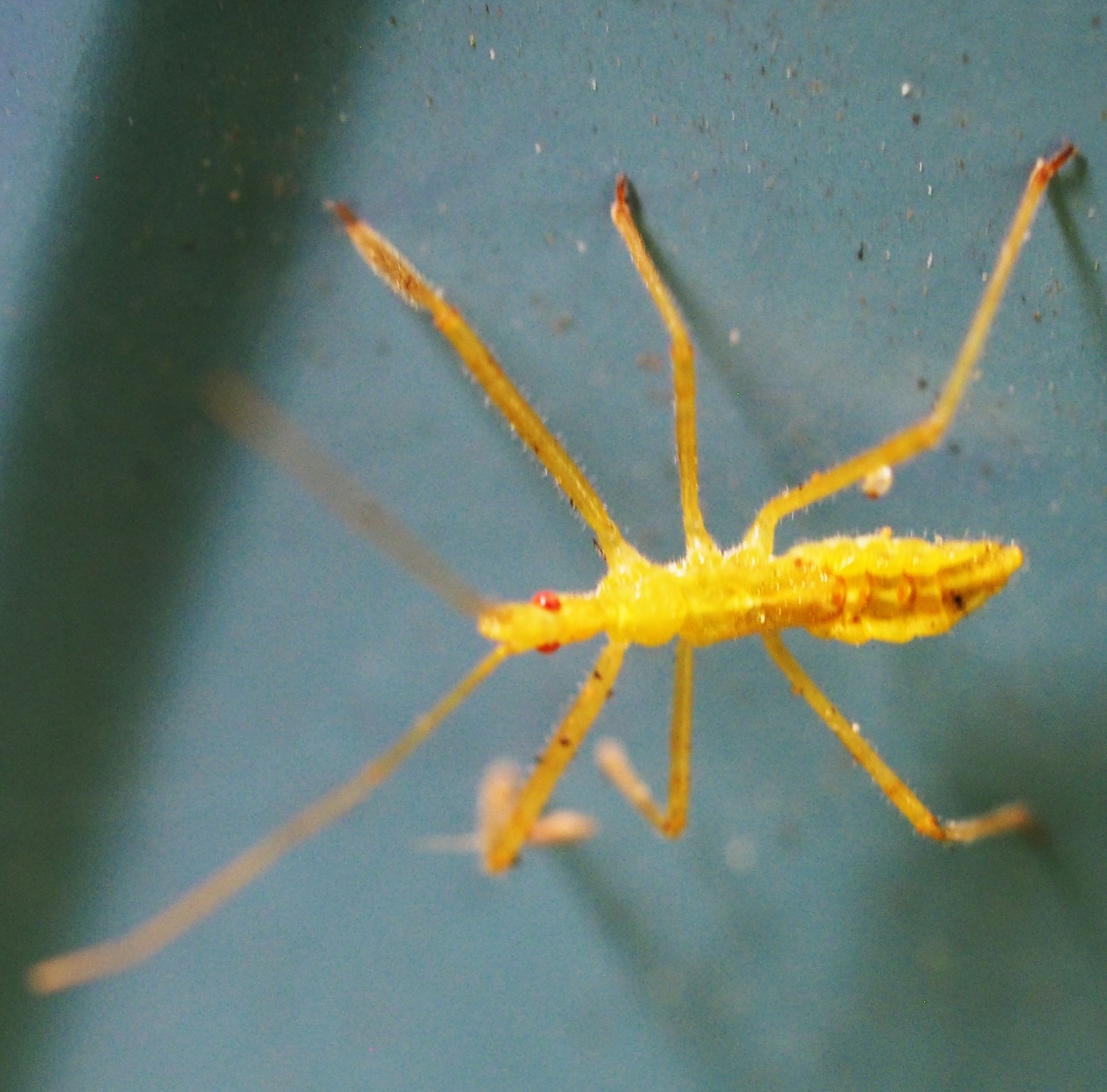

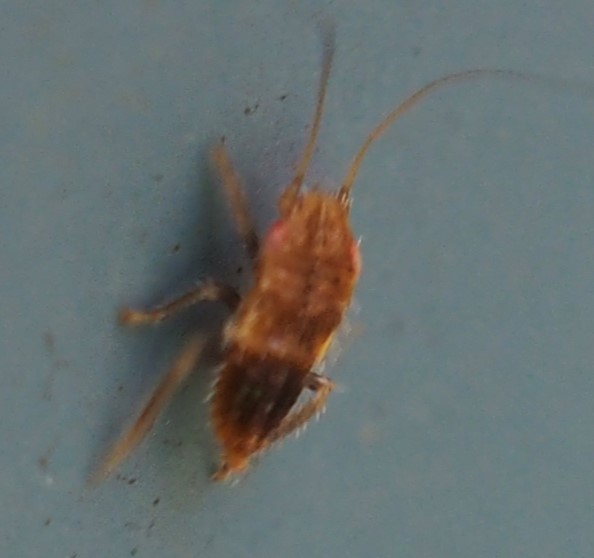
And of course, now that the season is really getting started, we had quite a few Leafhoppers. Most of them were in genus Eratoneura. But the fourth one in this lineup is Erythroneura elegans.
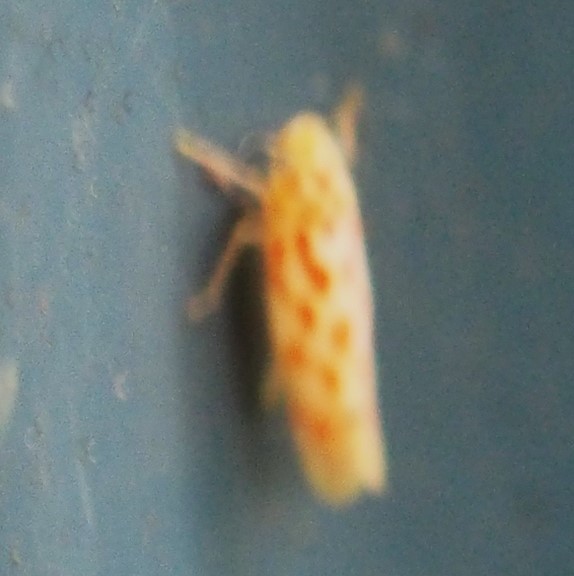
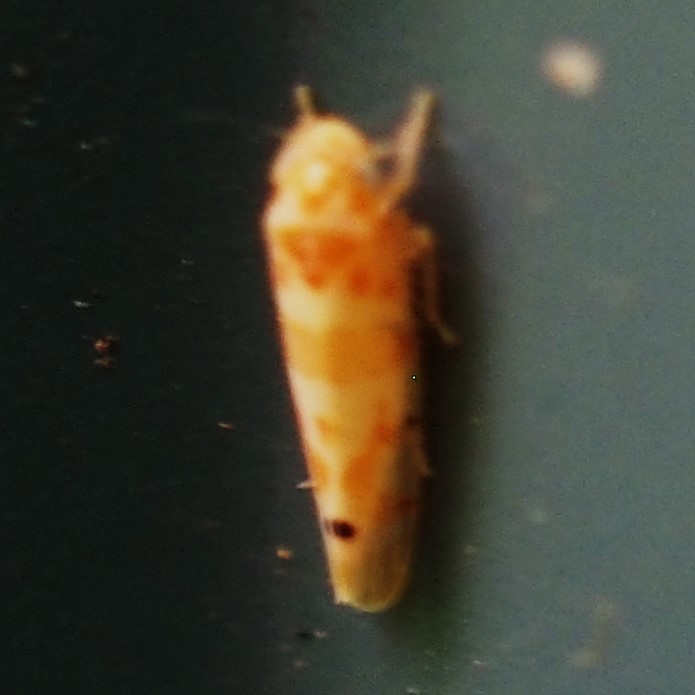
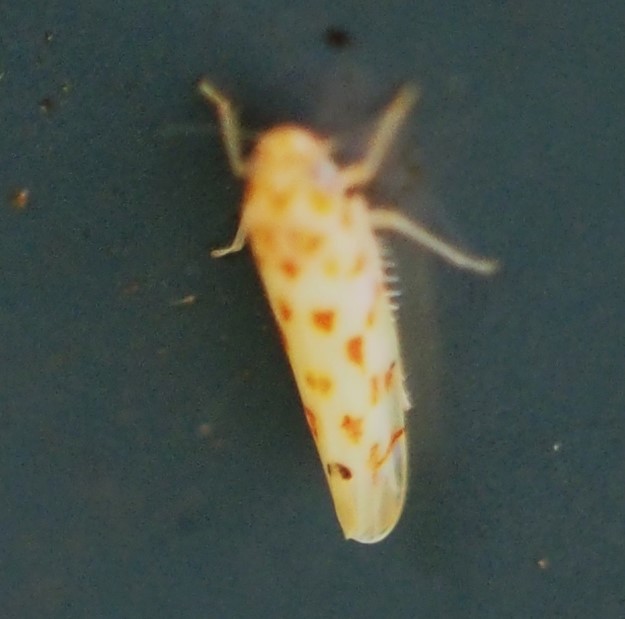
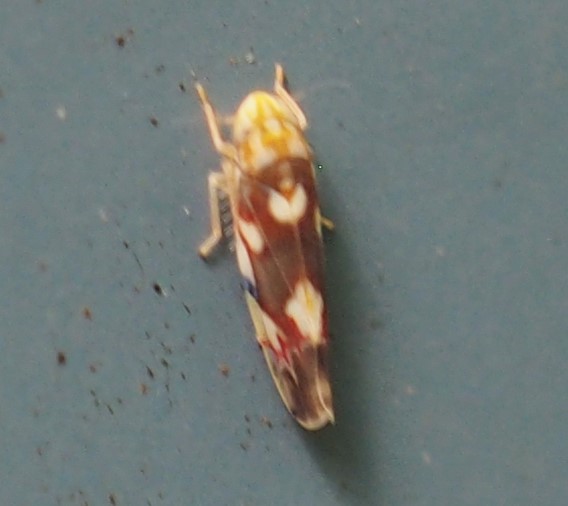
Next are the Flies. Here is that Fungus Gnat that has been here for several weeks. Picture 2 shows them continuing to mate. The third one seems to have some kind of mites.
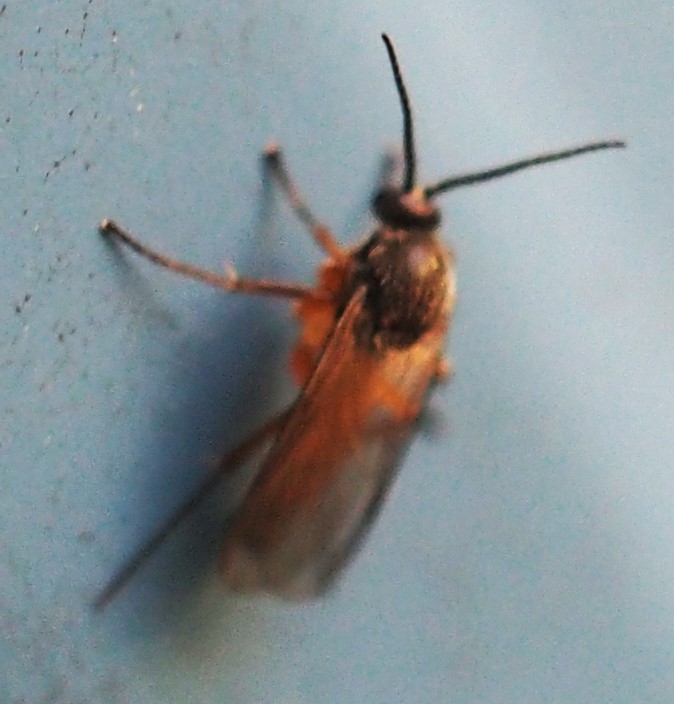
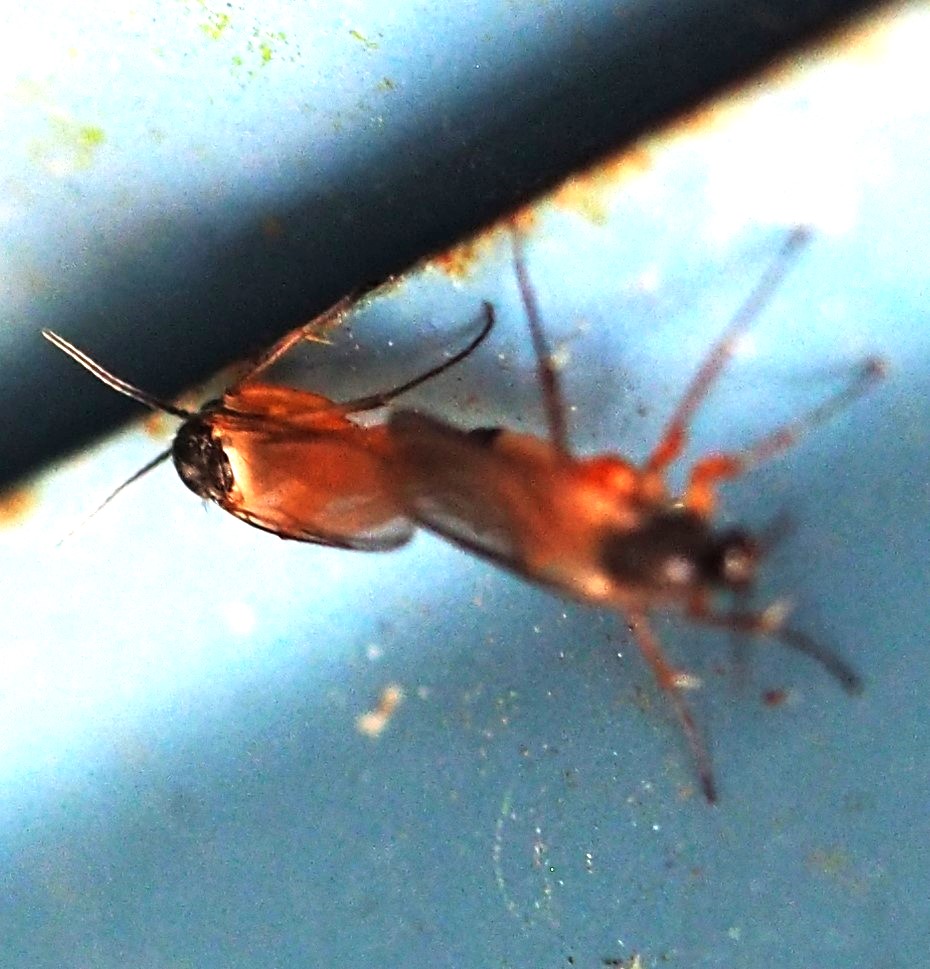
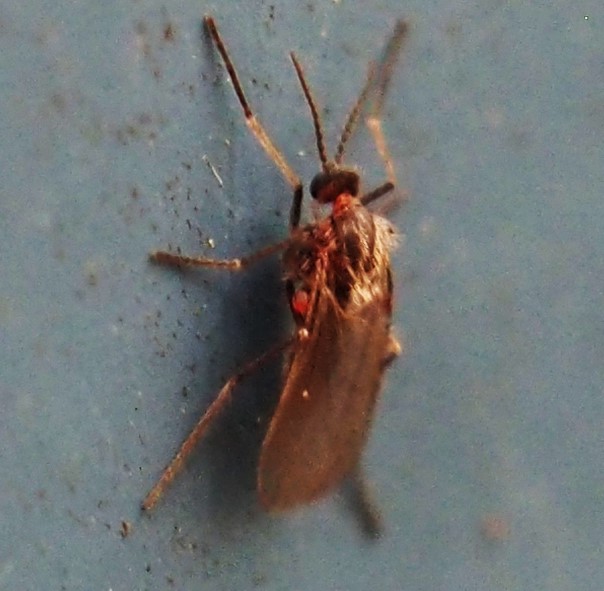
Here are some Midges. The first two are males (see the fluffy antennae?). Third seems to have a proboscis - maybe it's a Mosquito.
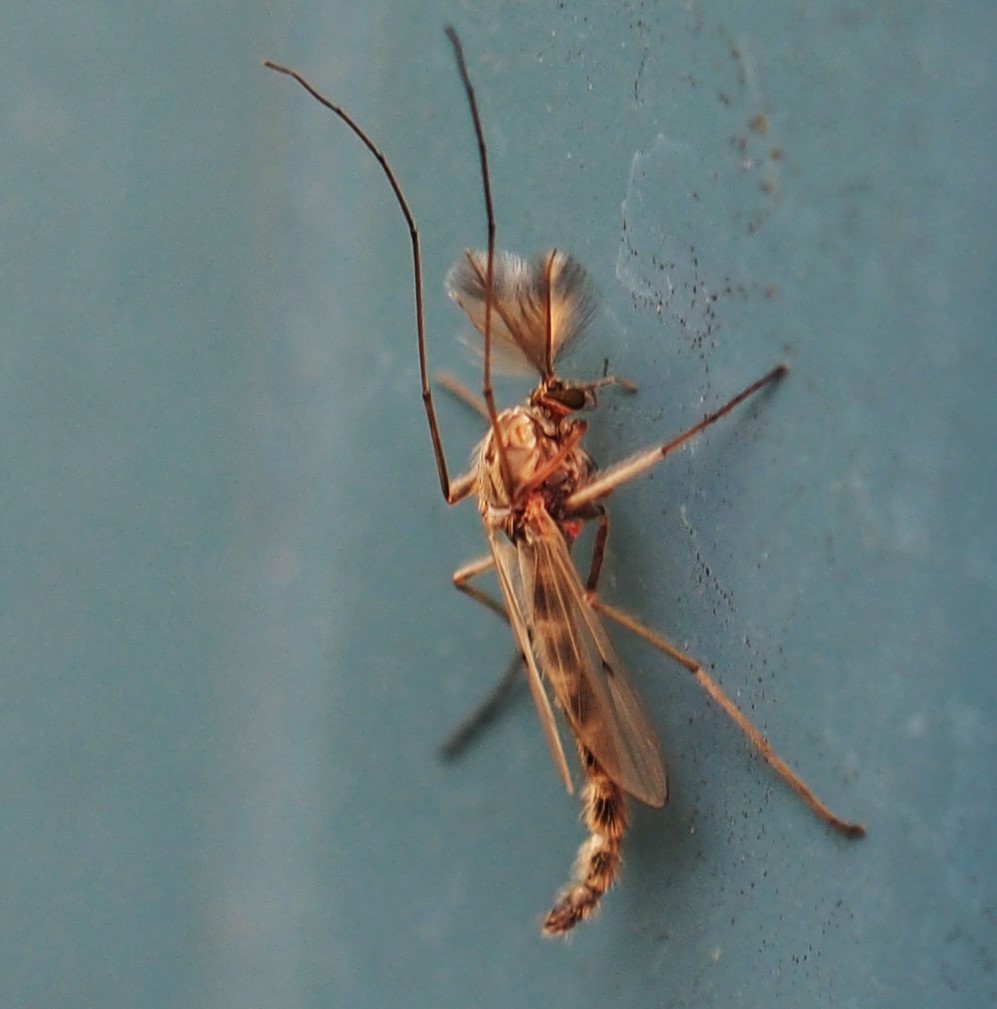
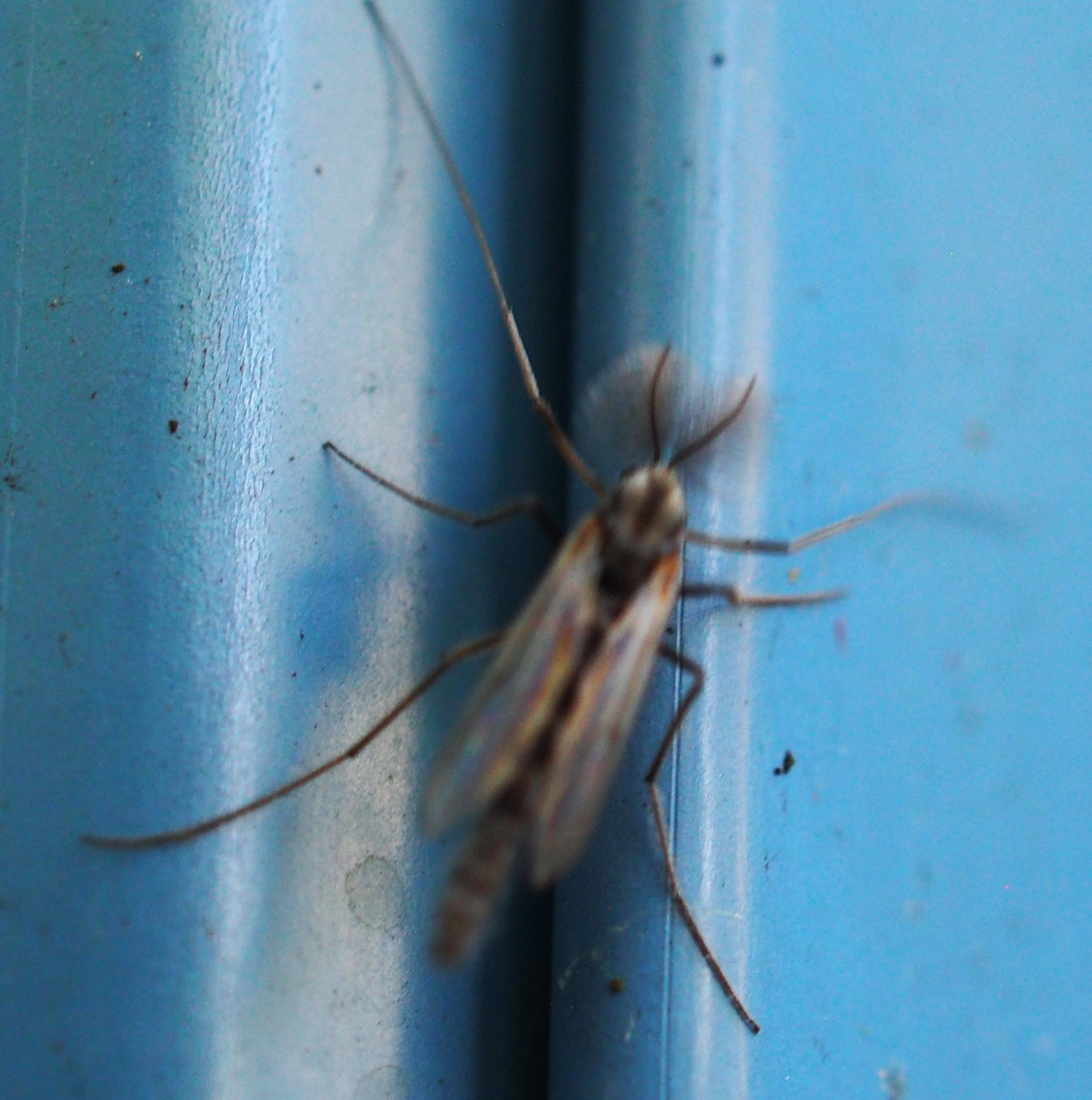
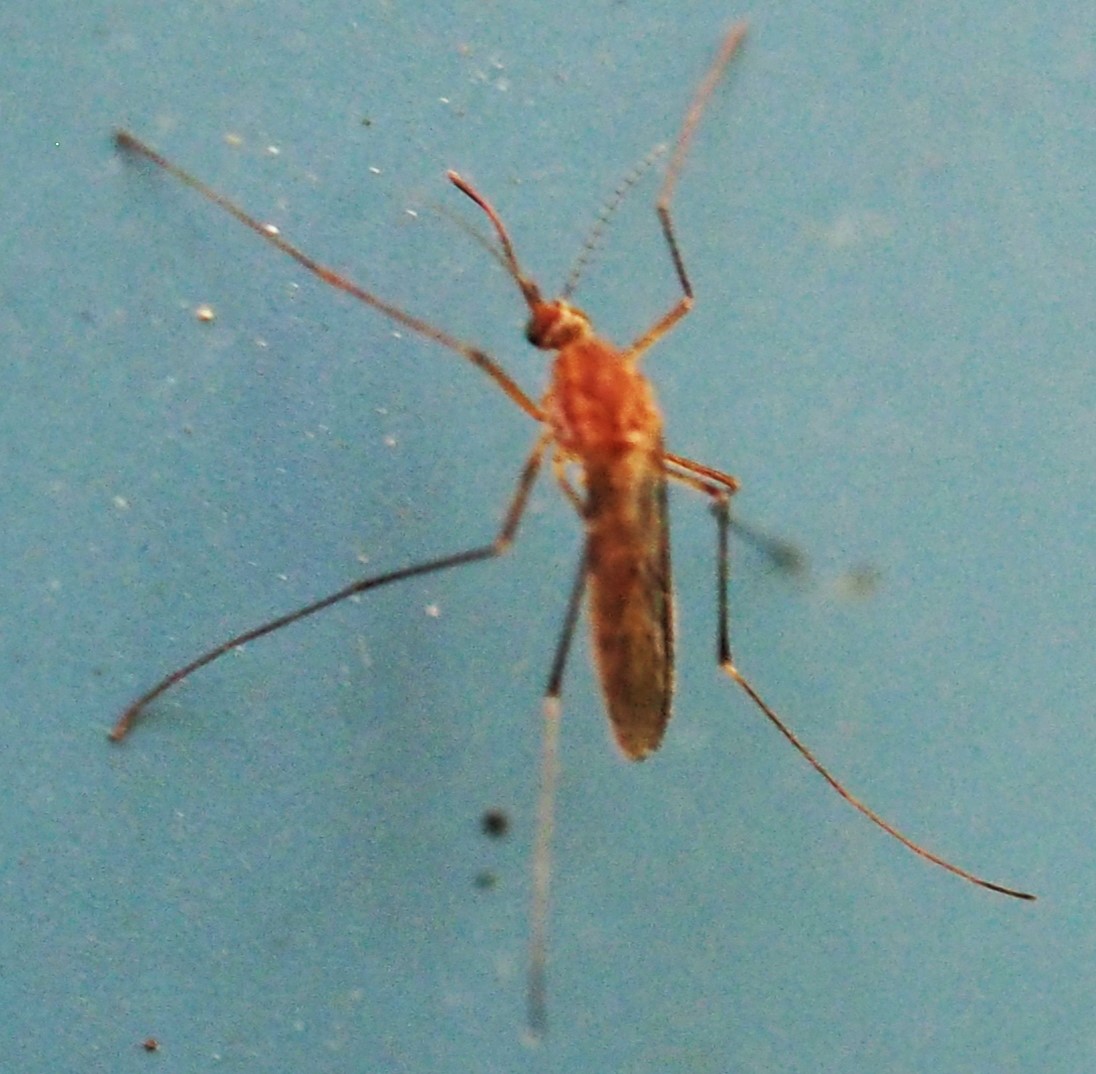
This one I thought shaped like a Wood Gnat, but learned that it was one of the Gall and Forest Midges. The next ones are similarly shaped.
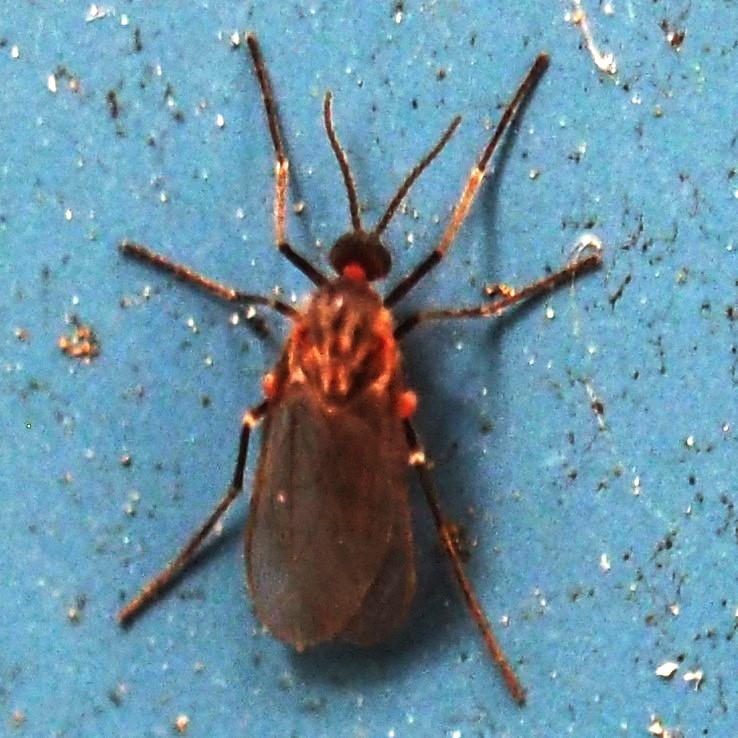
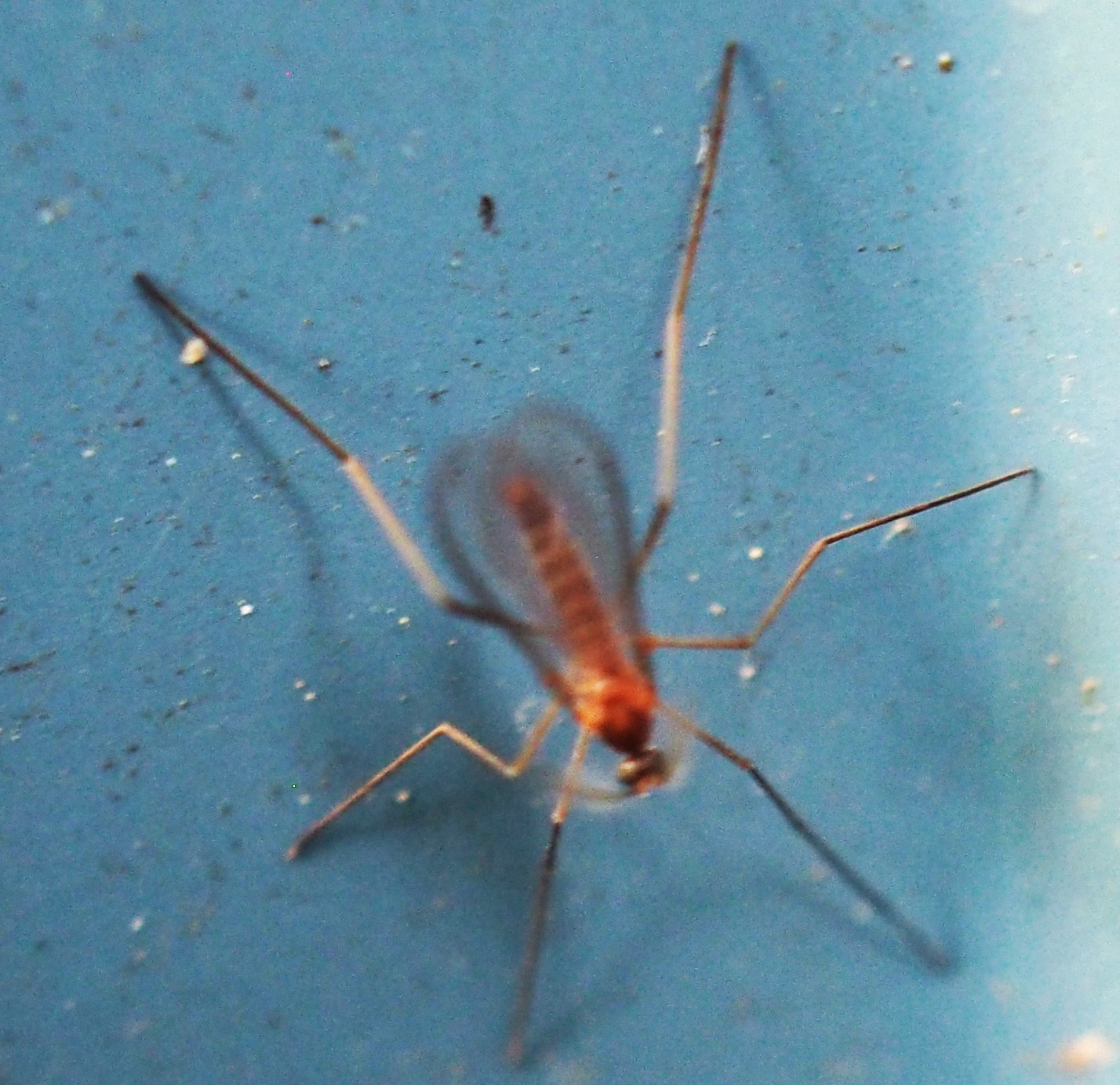
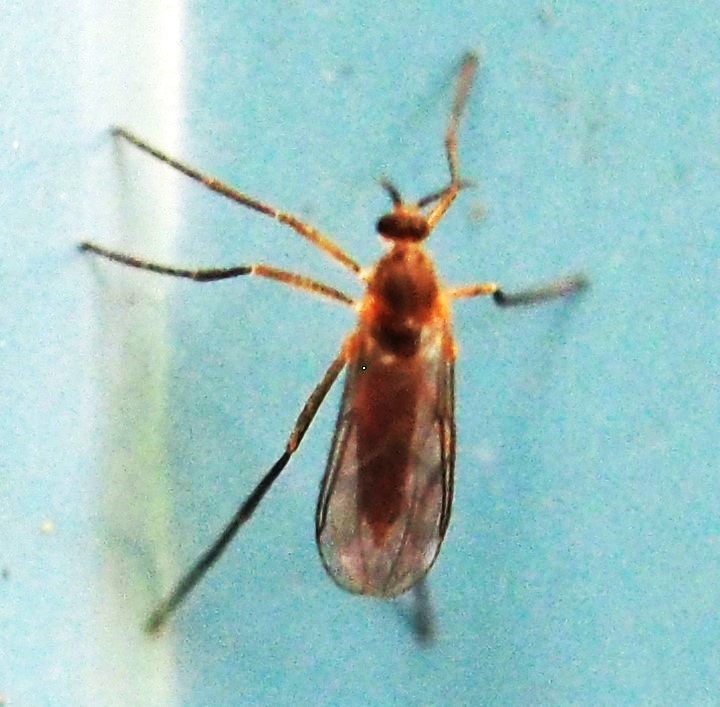
The Large Crane Flies (summer must be coming as the size of the Crane Flies is increasing) are back. In pictures 2 and 3 a different one is mating in the foliage.
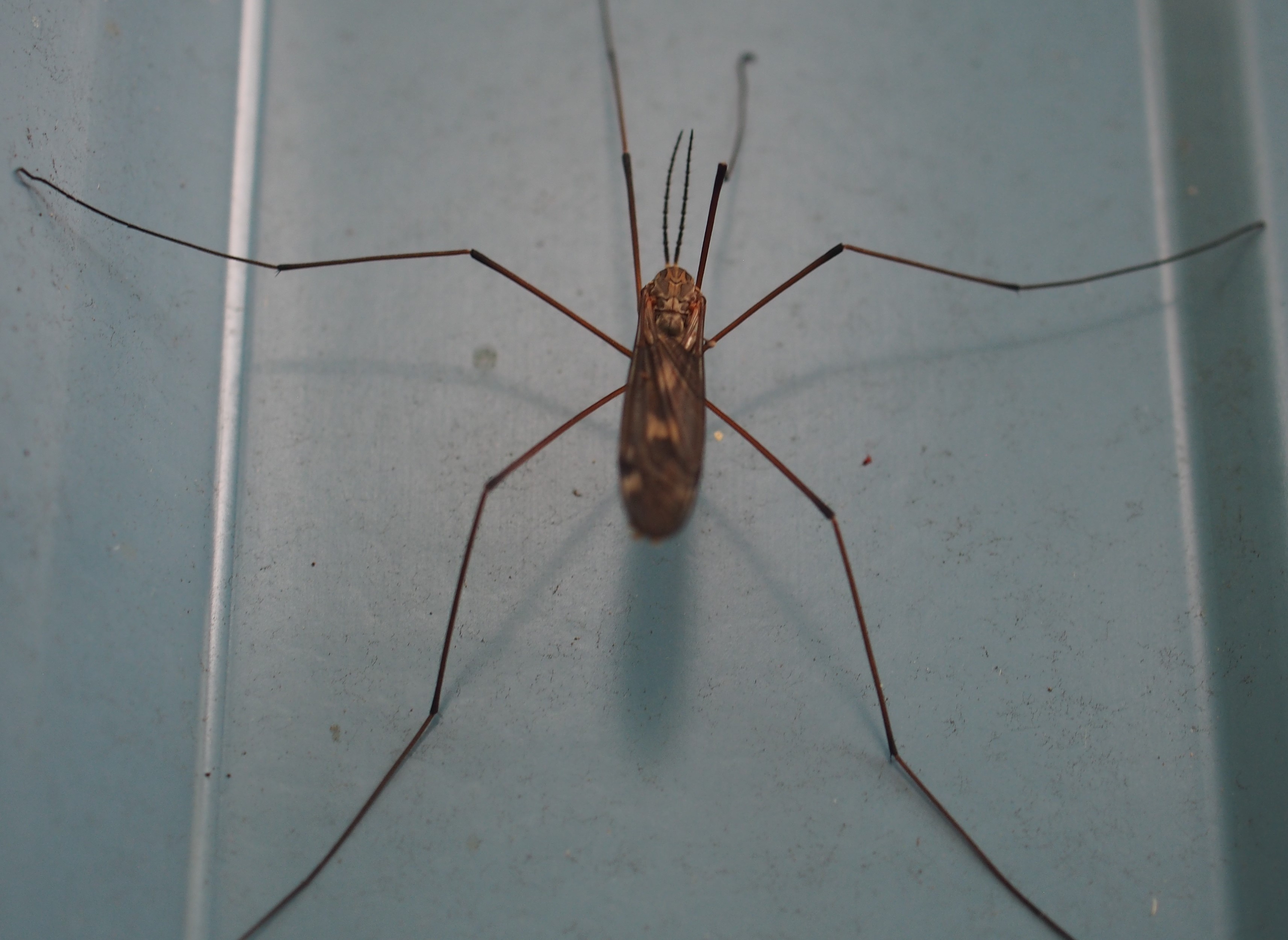
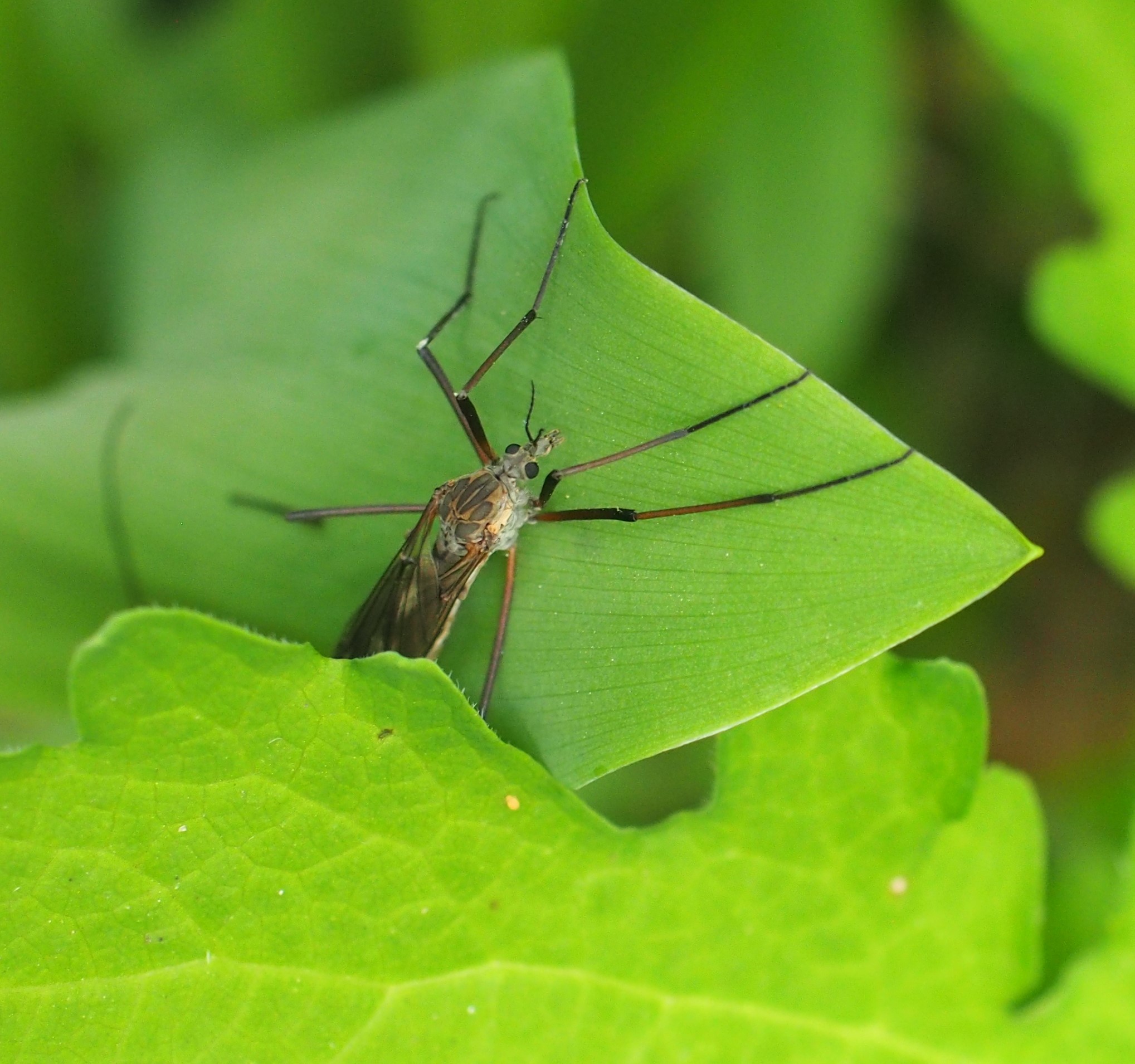
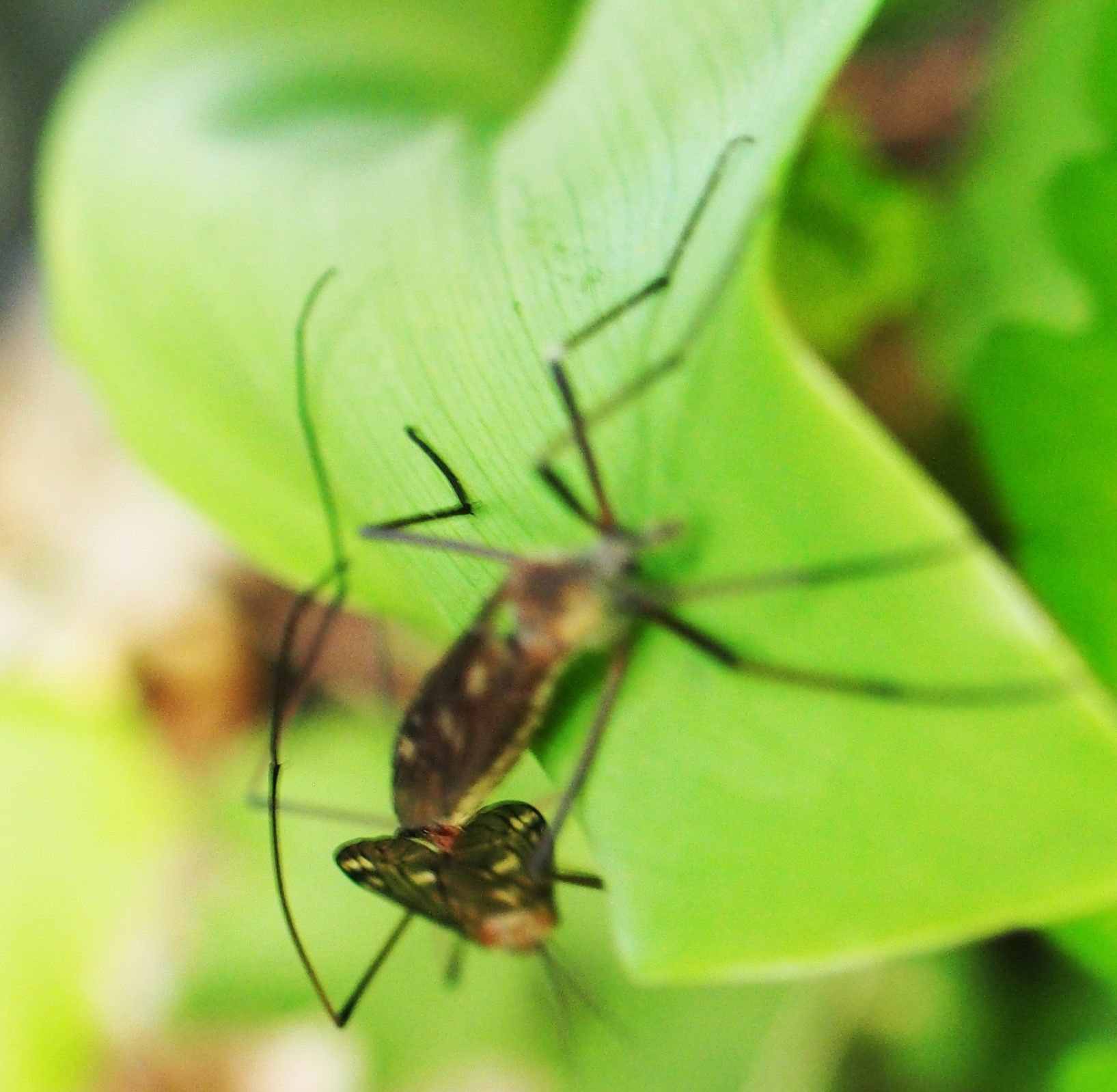
One day there were a lot of Flies that looked like these in genus Scaptomyza. The third is probably a Scaptomyza male - that would explain the wider eyes and maybe the bigger antennae.

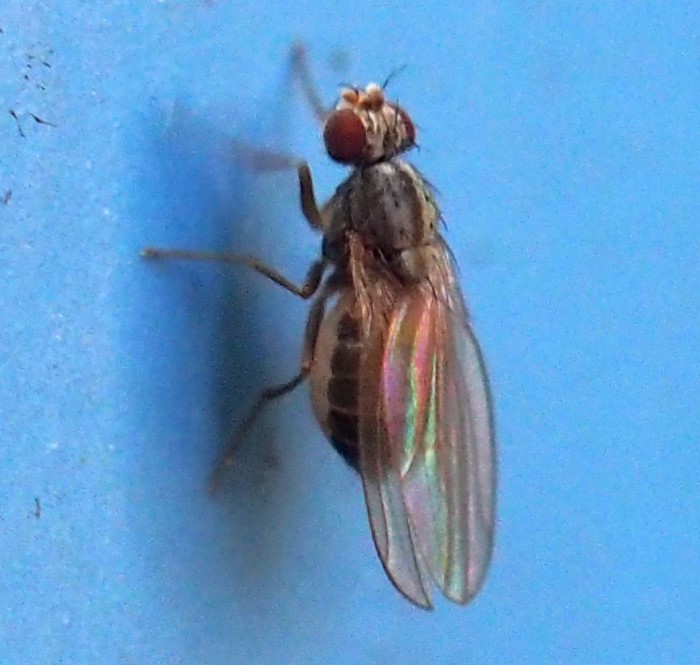

This first one seems to be a kind of Non-biting Midge, but a very imaginative one. Next is a Hover Fly, most likely Helophilus fasciatus. Third was identified tentatively as Suillia quinquepunctata, although the light that seems to come from under the fly is confusing.
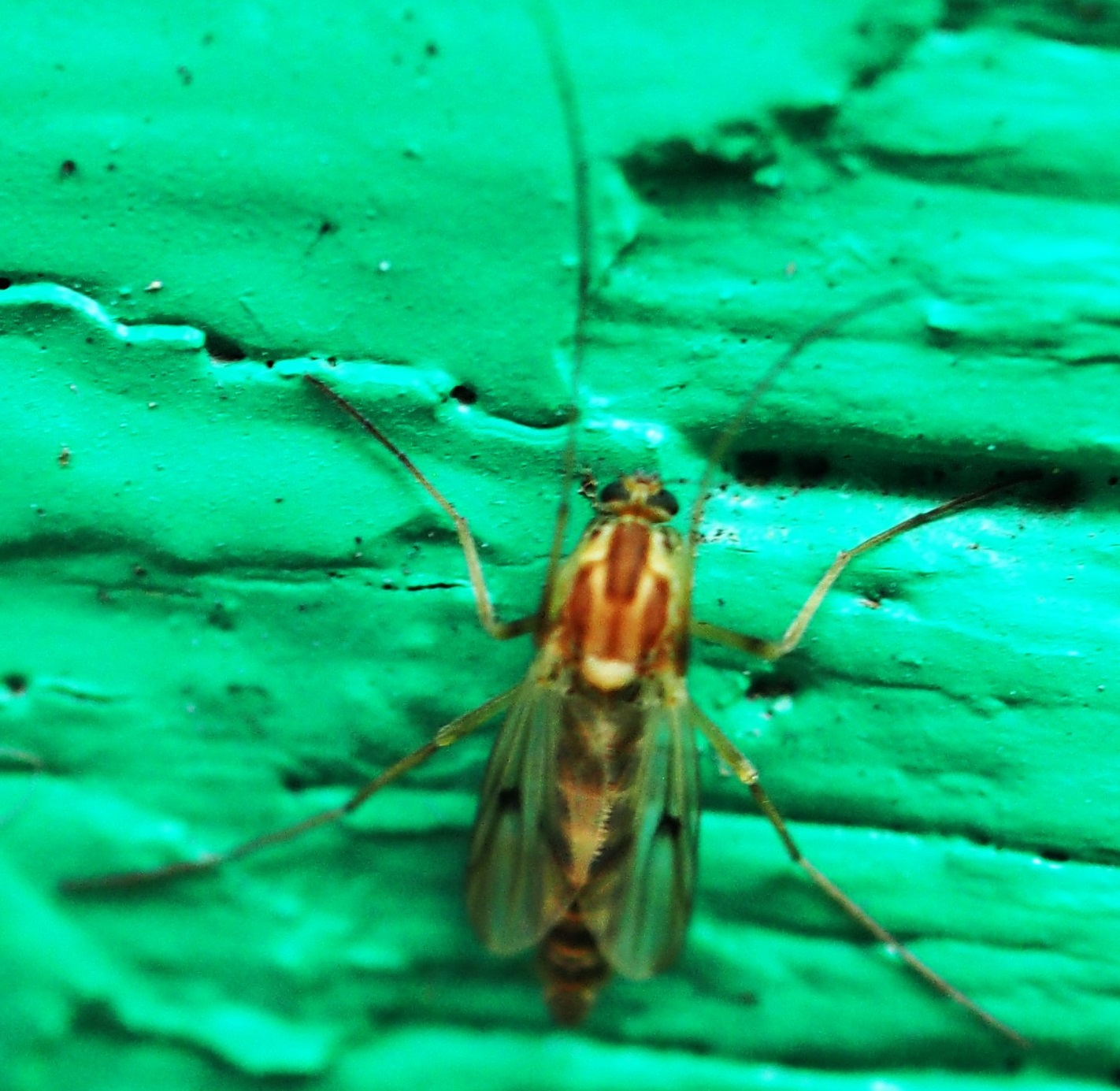
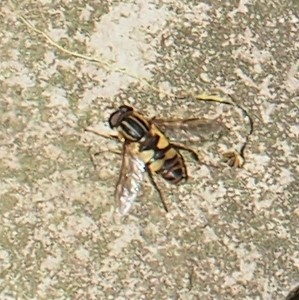
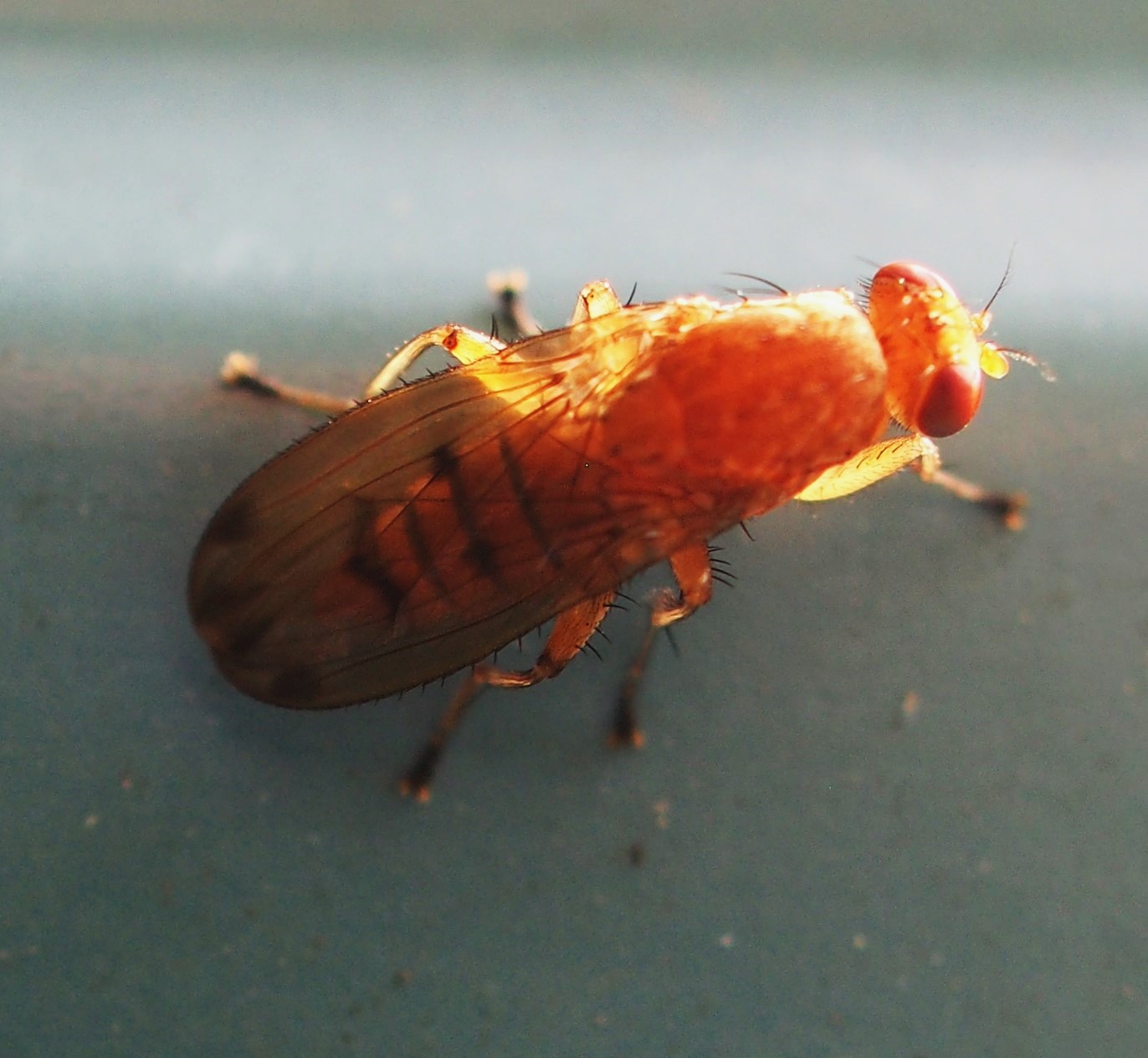
Finally, a group of Flies that look like the way Flies ought to look!
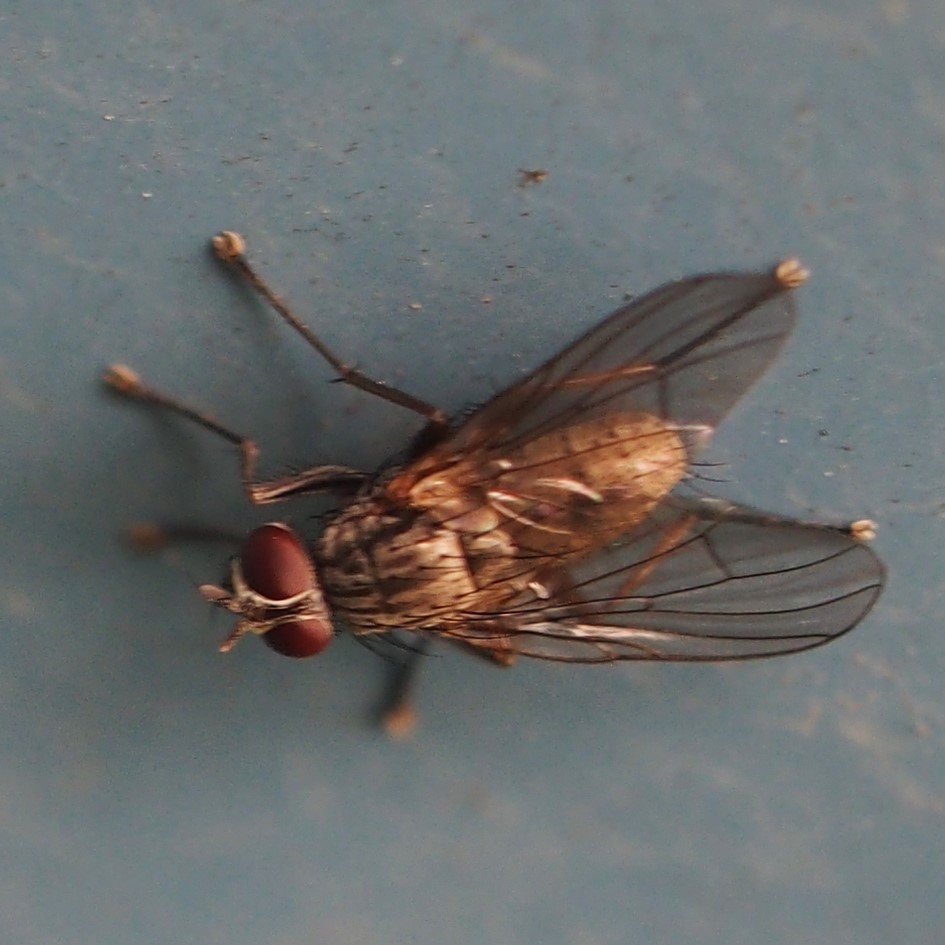
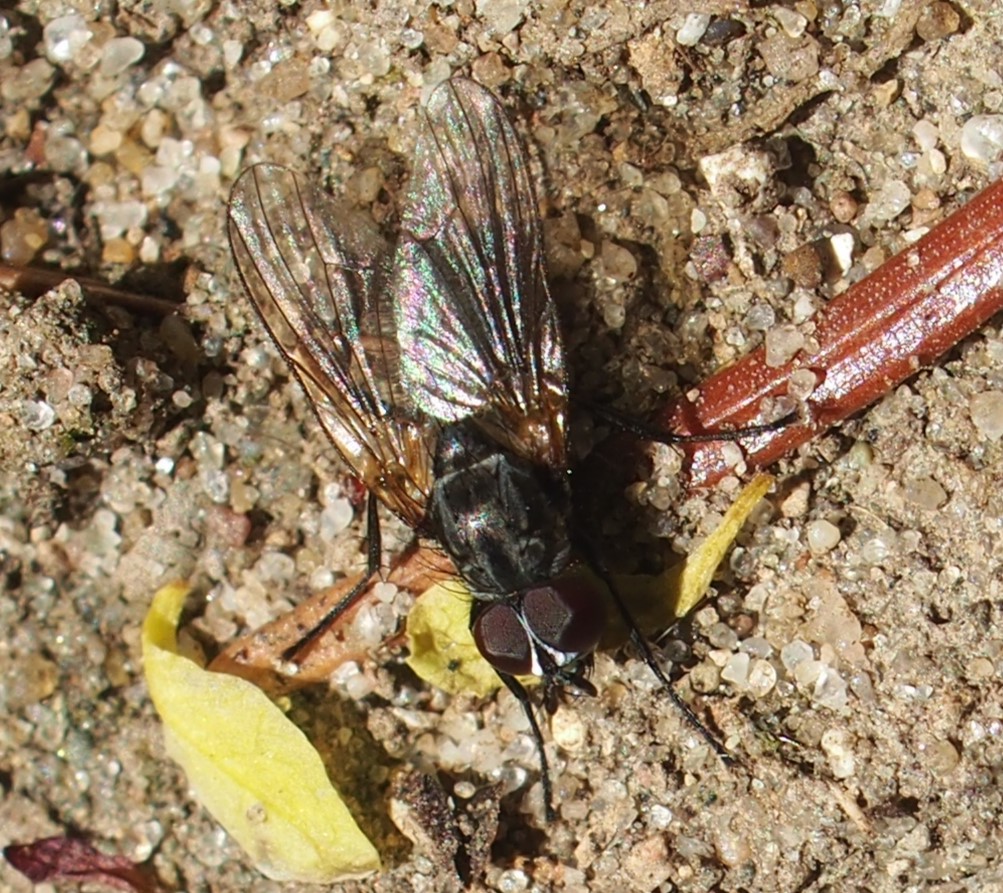
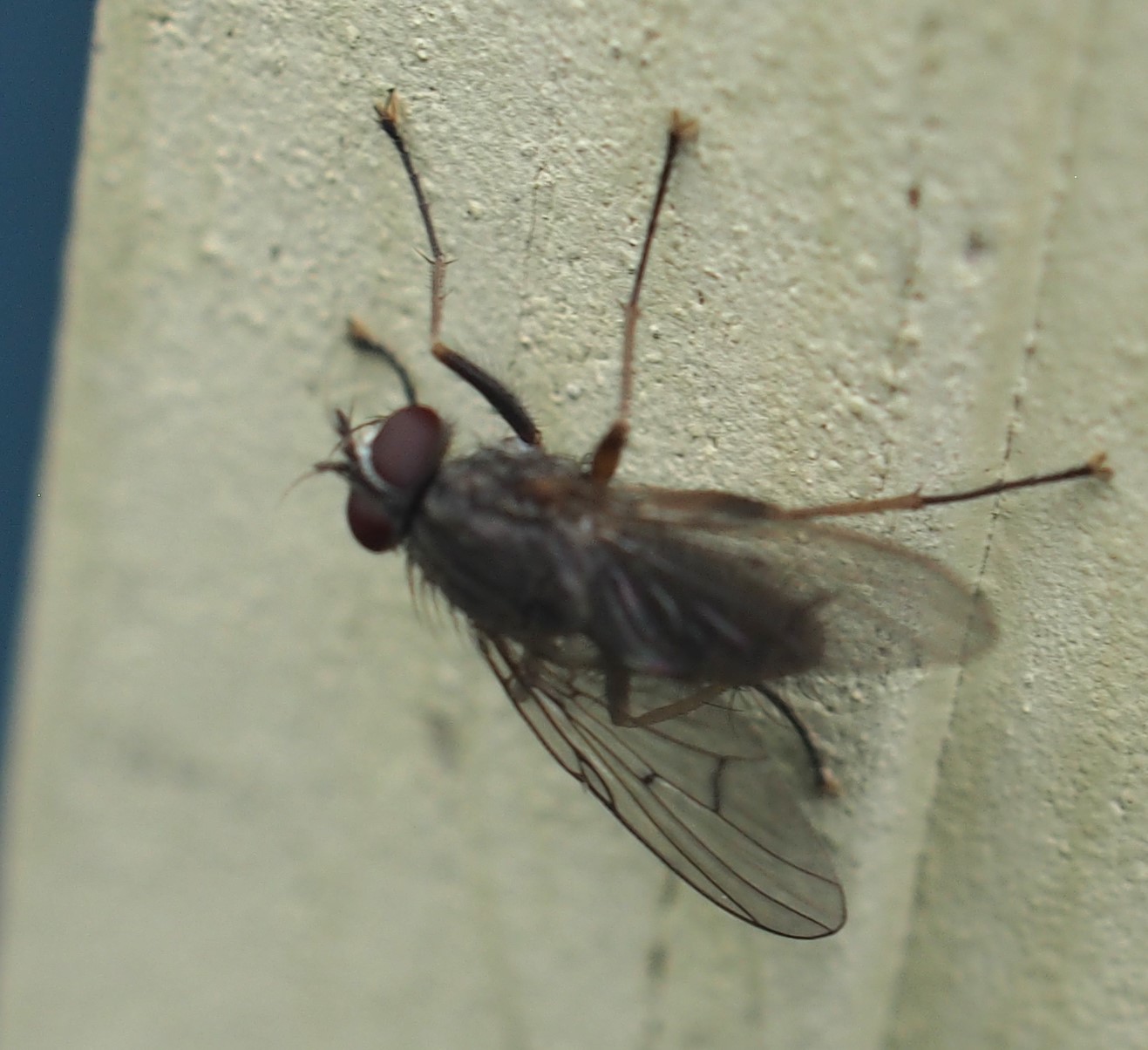
Can you believe, I didn't see a single Looper at all this week? Well, that means we will just start on our Flower Walk. Starting in the Front Yard, we see the Grape Hyacinths, which are still blooming after all this time. Next we see the rose-colored Primrose, a new one after the red one we were used to seeing. And here is the Epimedium with its leaves continuing to develop.
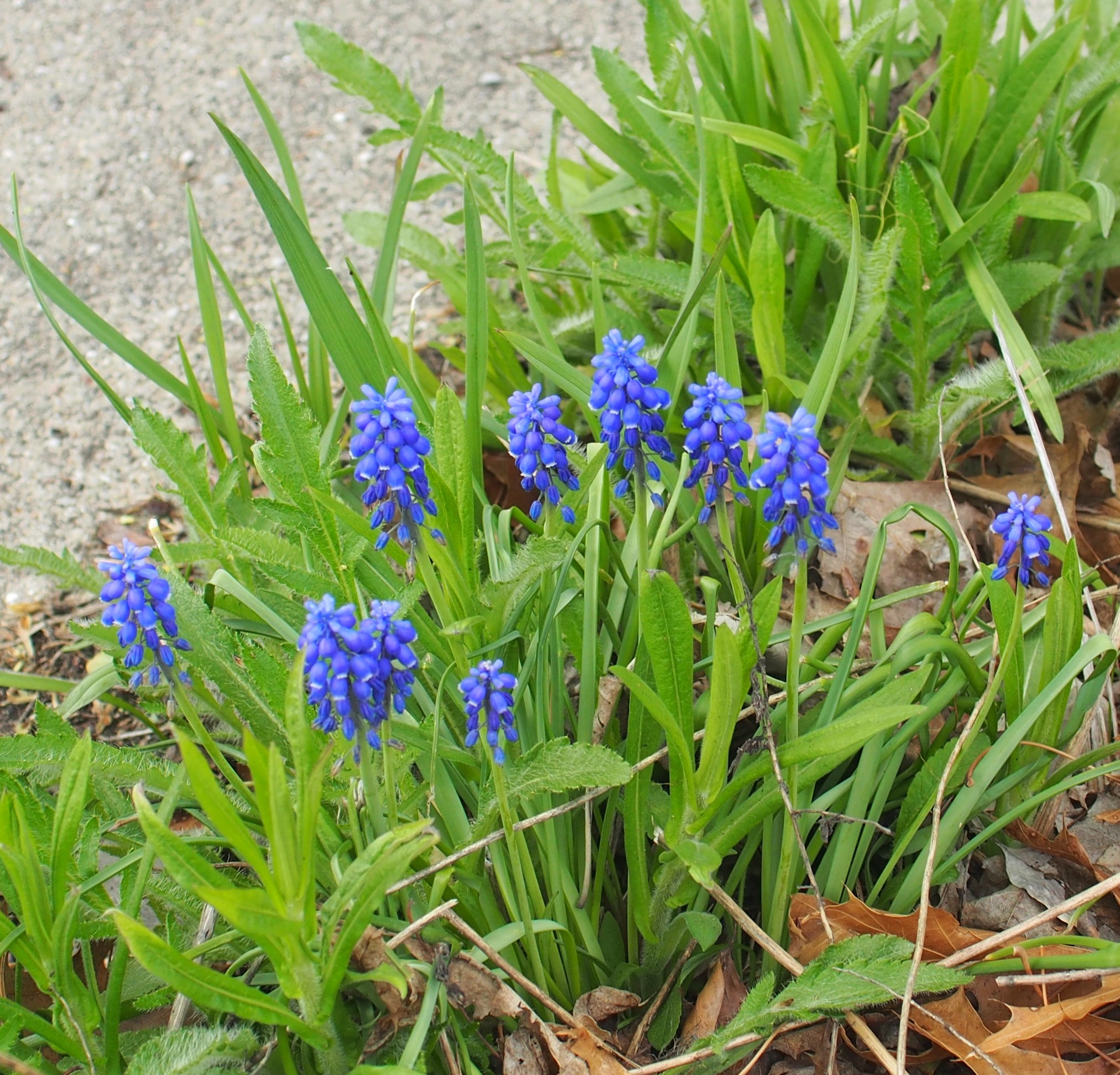
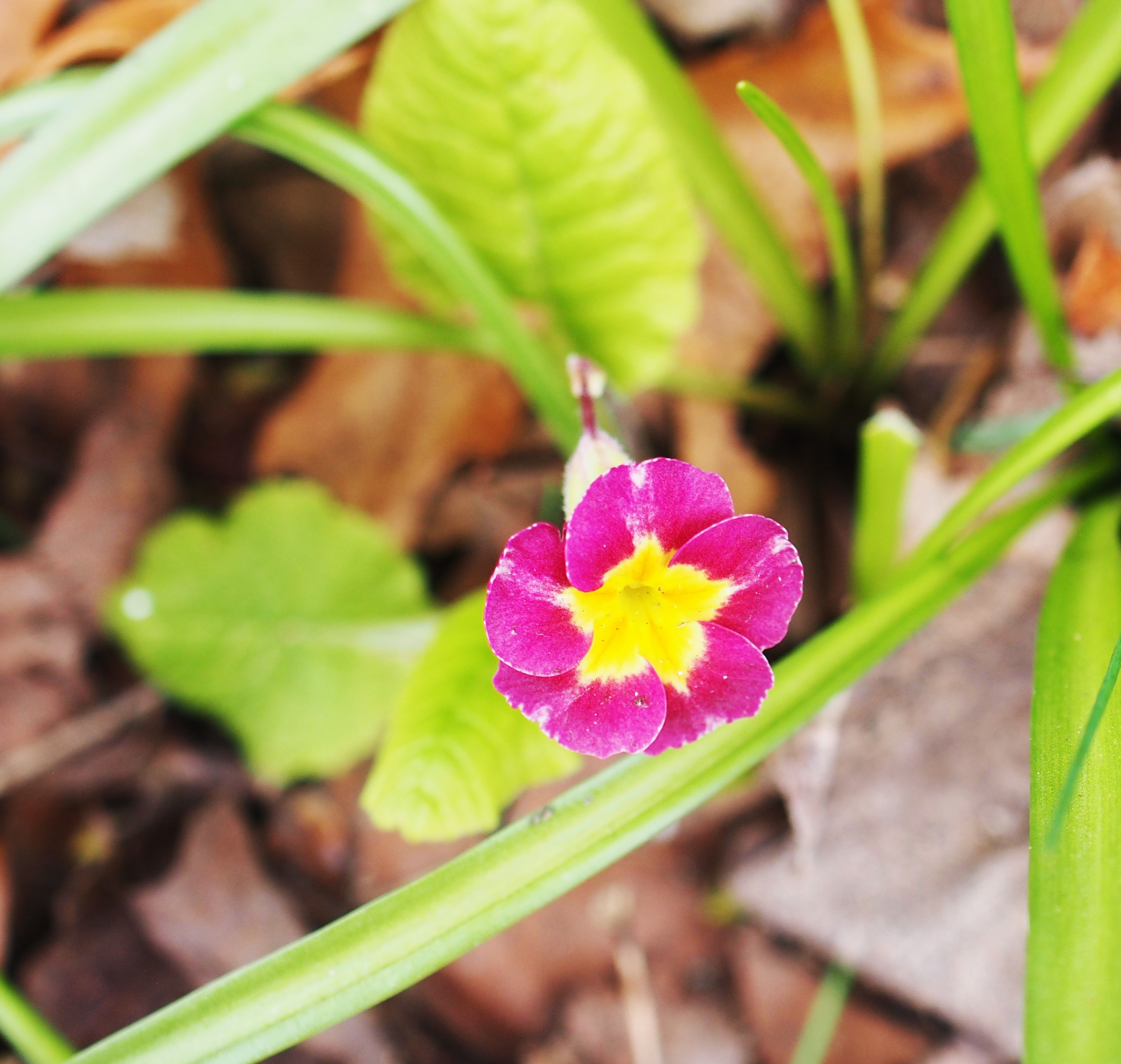
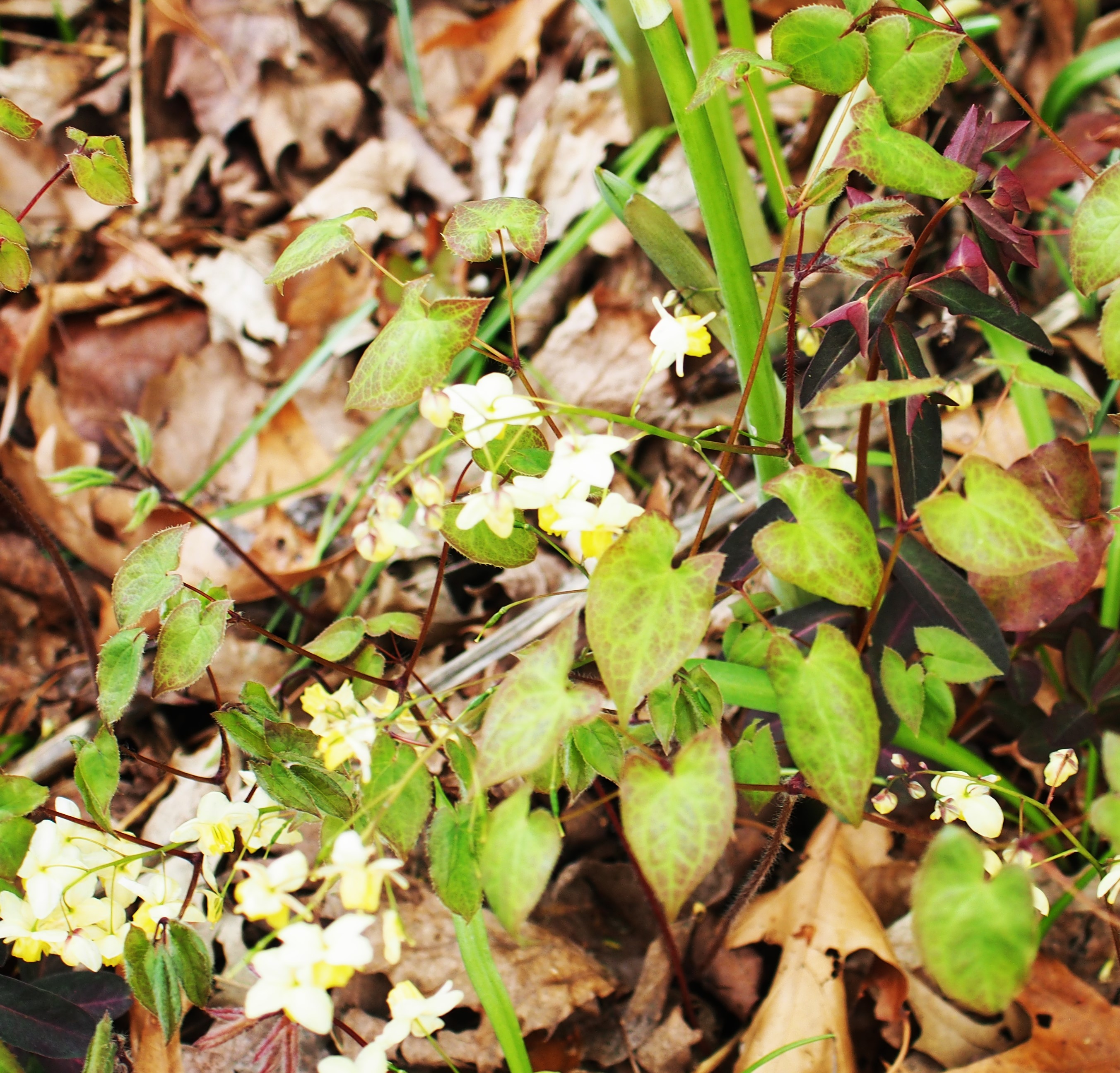
Here is the Columbine in the front bed. And a Dandelion. My Dogwood (my clone off of Deb's big one, hee hee) is sprouting leaves. It is probably much too young to bloom over in the Weed Patch on the north of the house.
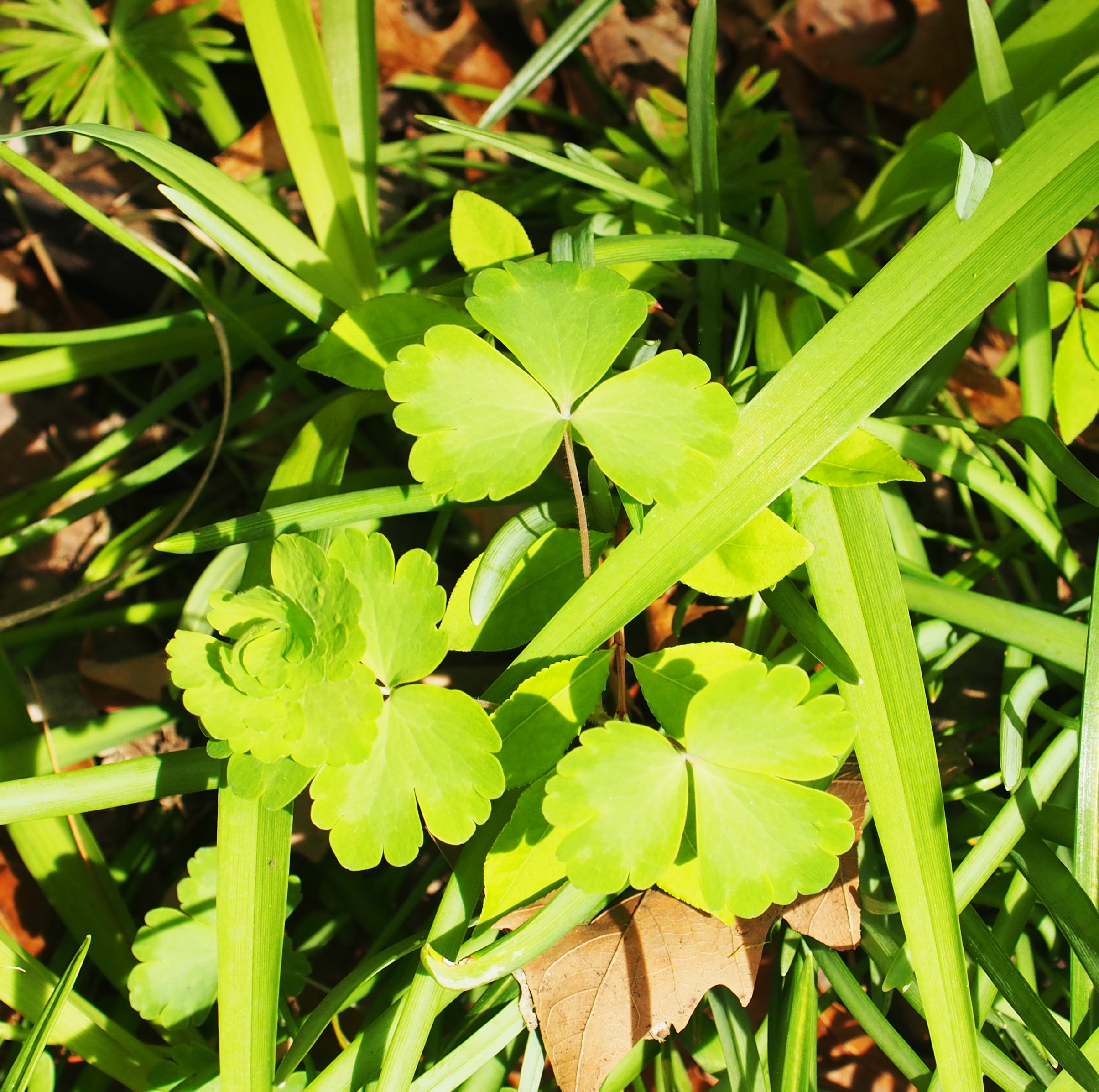

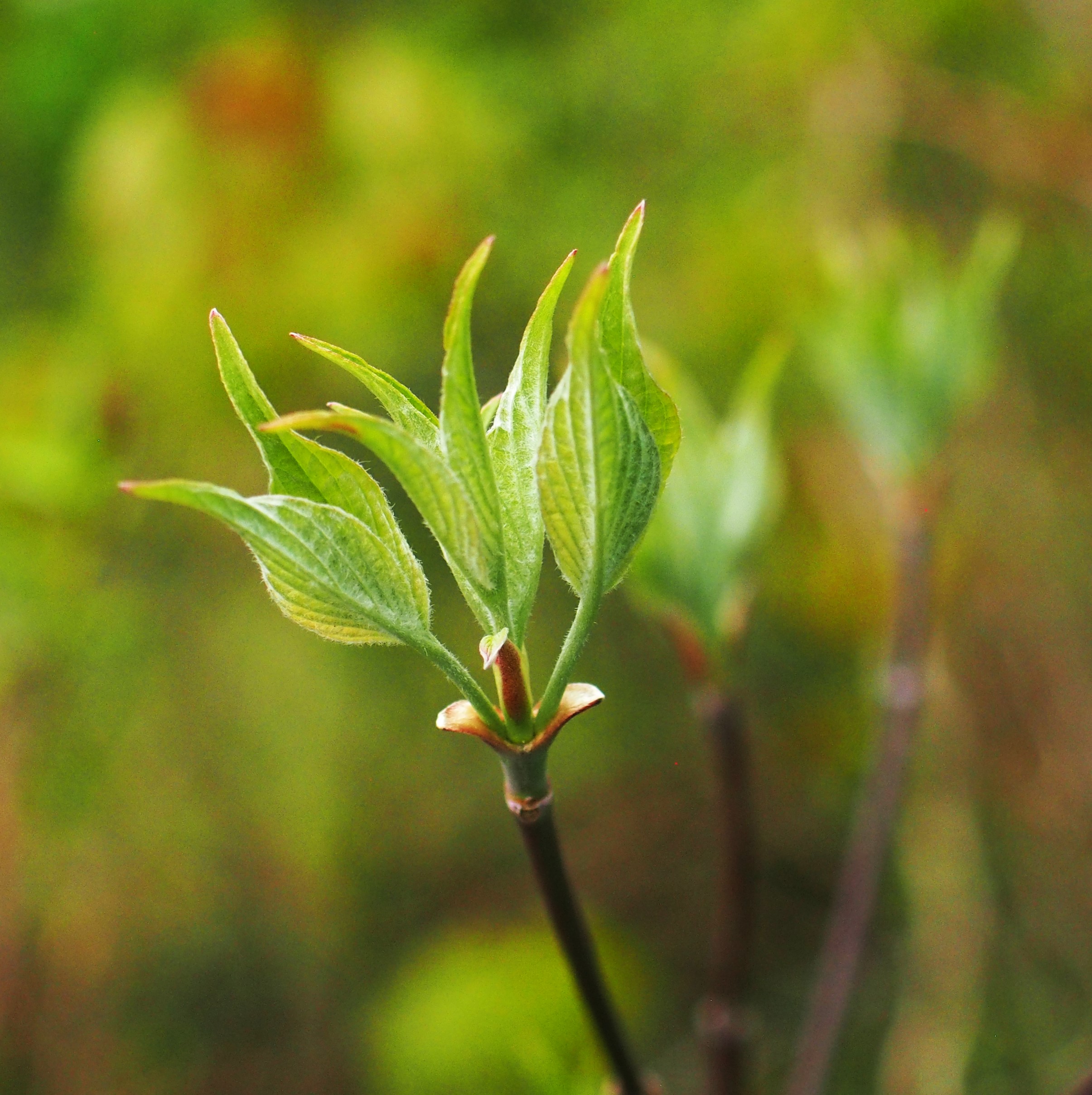
Speaking of Deb's yard, here is her gorgeous Weeping Redbud, and her Weeping Cherry.


That mystery green leaf is still there with no sign of what's to come... But the little Money Plants are so pretty. Near them you can see the Peonies beginning to bud.
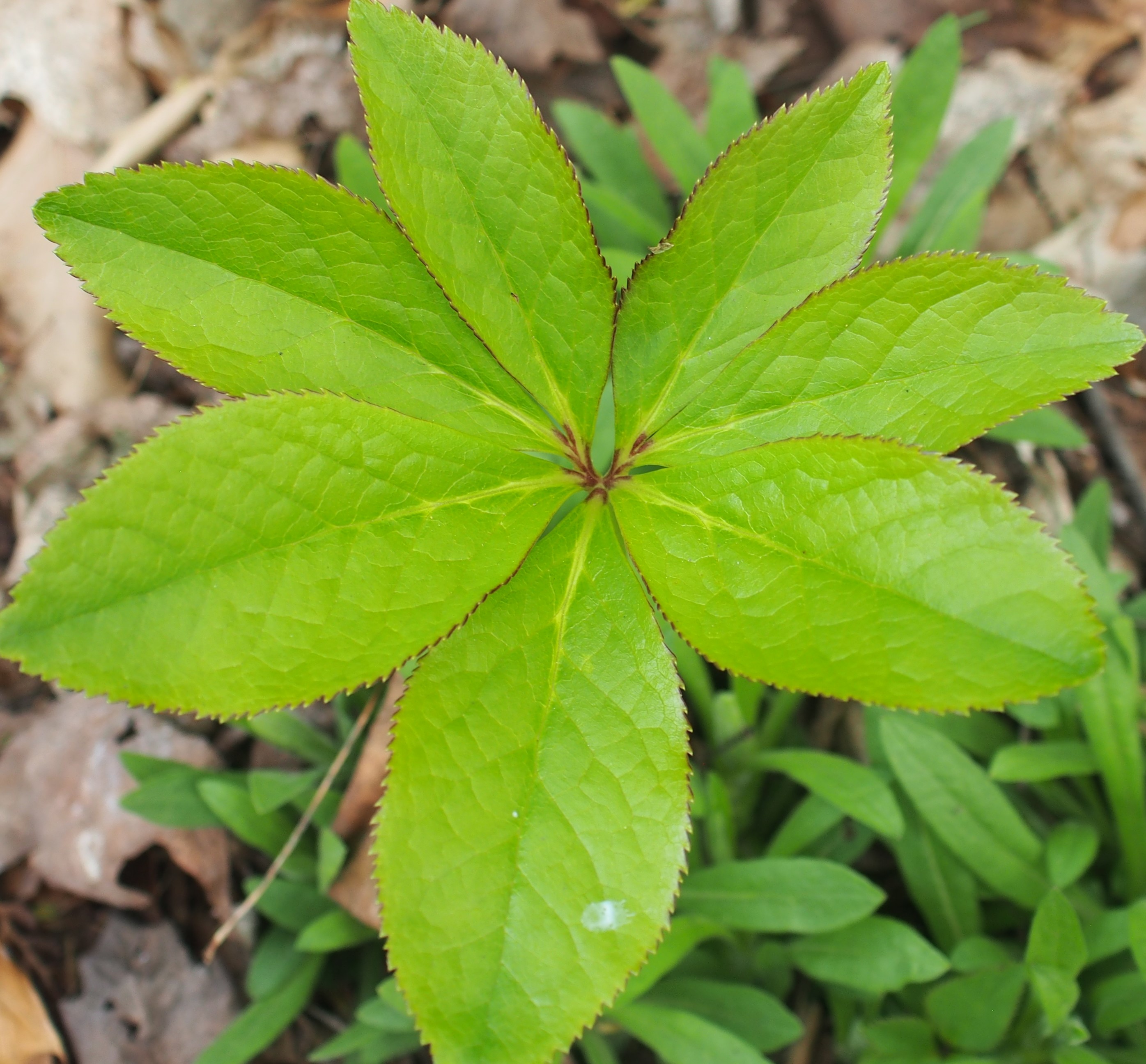

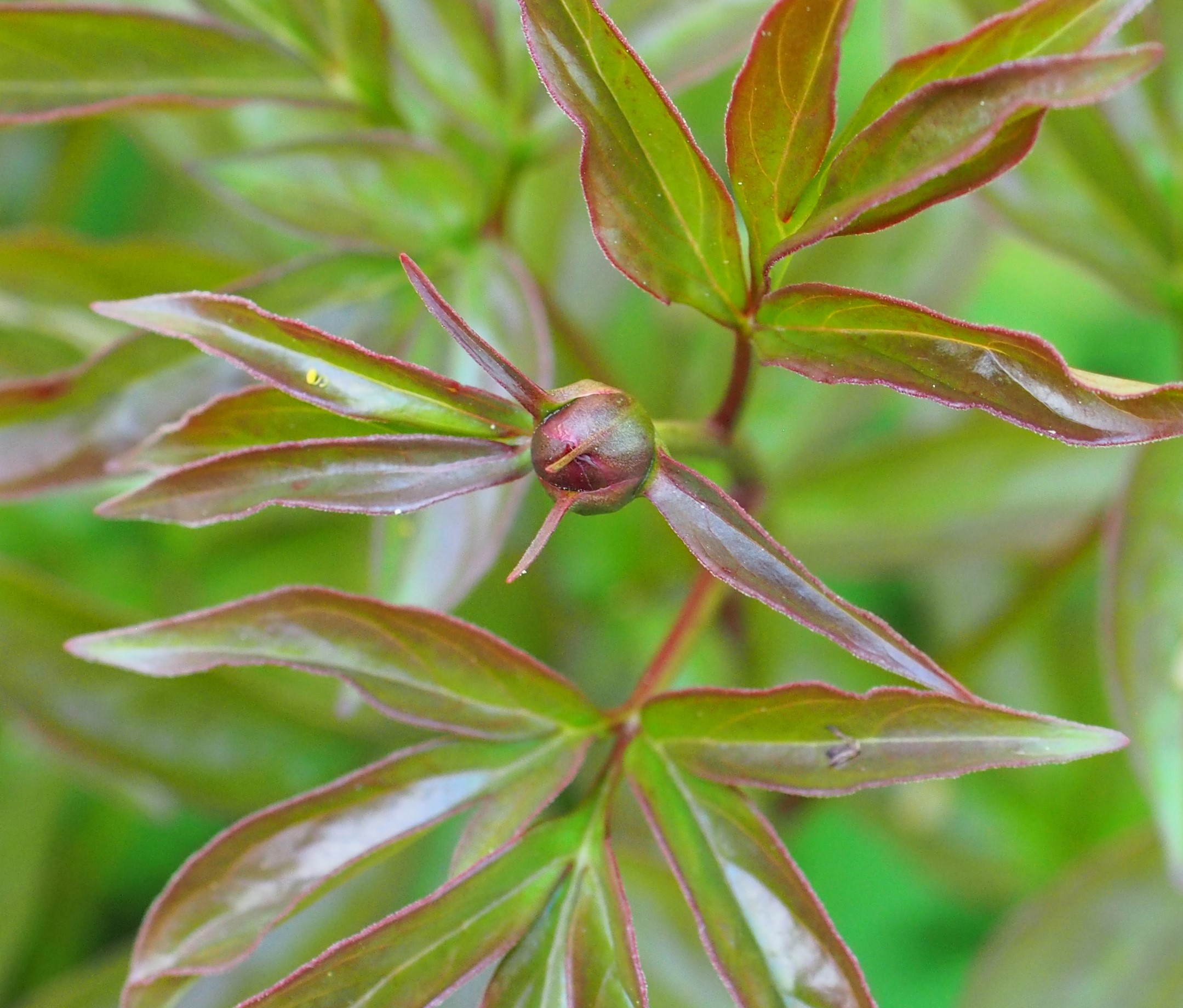
My Hellebores are so widespread and the flowers such a subtle color it is hard to see them in the whole. Compare mine (left) with Kathleen's well-bred ones. Oh! While we're at Kathleen's, here is an interesting fungal gall or Gymnosporangium in her cedar Tree (apparently it is named Juniper Apple Rust for its primary target, Juniper). Last: Kathleen's Violets come in yellow as well as the eponymous violet.
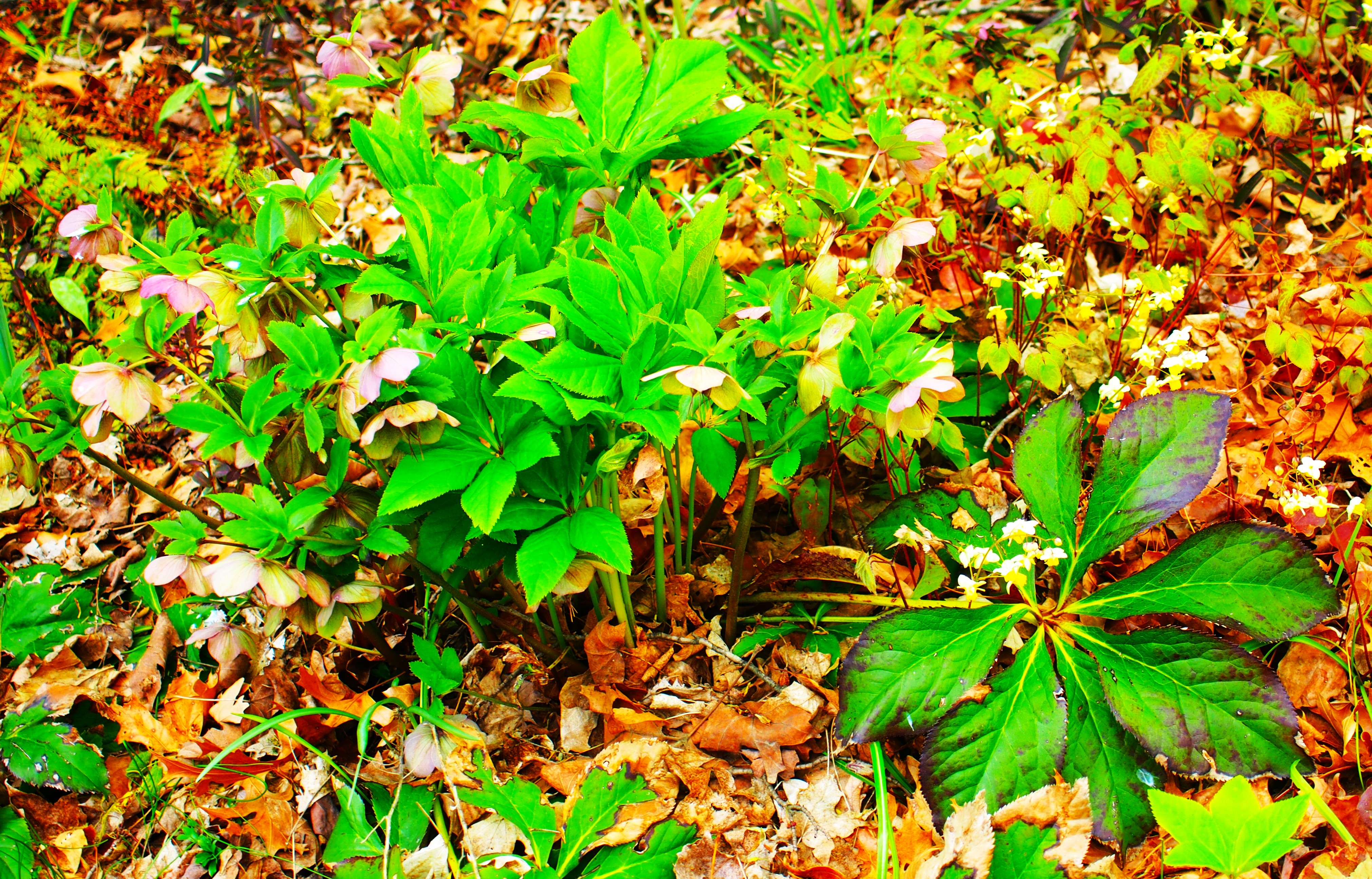



Home again. In the front yard the Hostas are unfolding. And so are the Solomon's Seal. When the Hummingbirds come, they will love the down-hanging flowers, and it must be almost time! Let's start on the path to the back yard. Here you see the Japonica, still blooming.
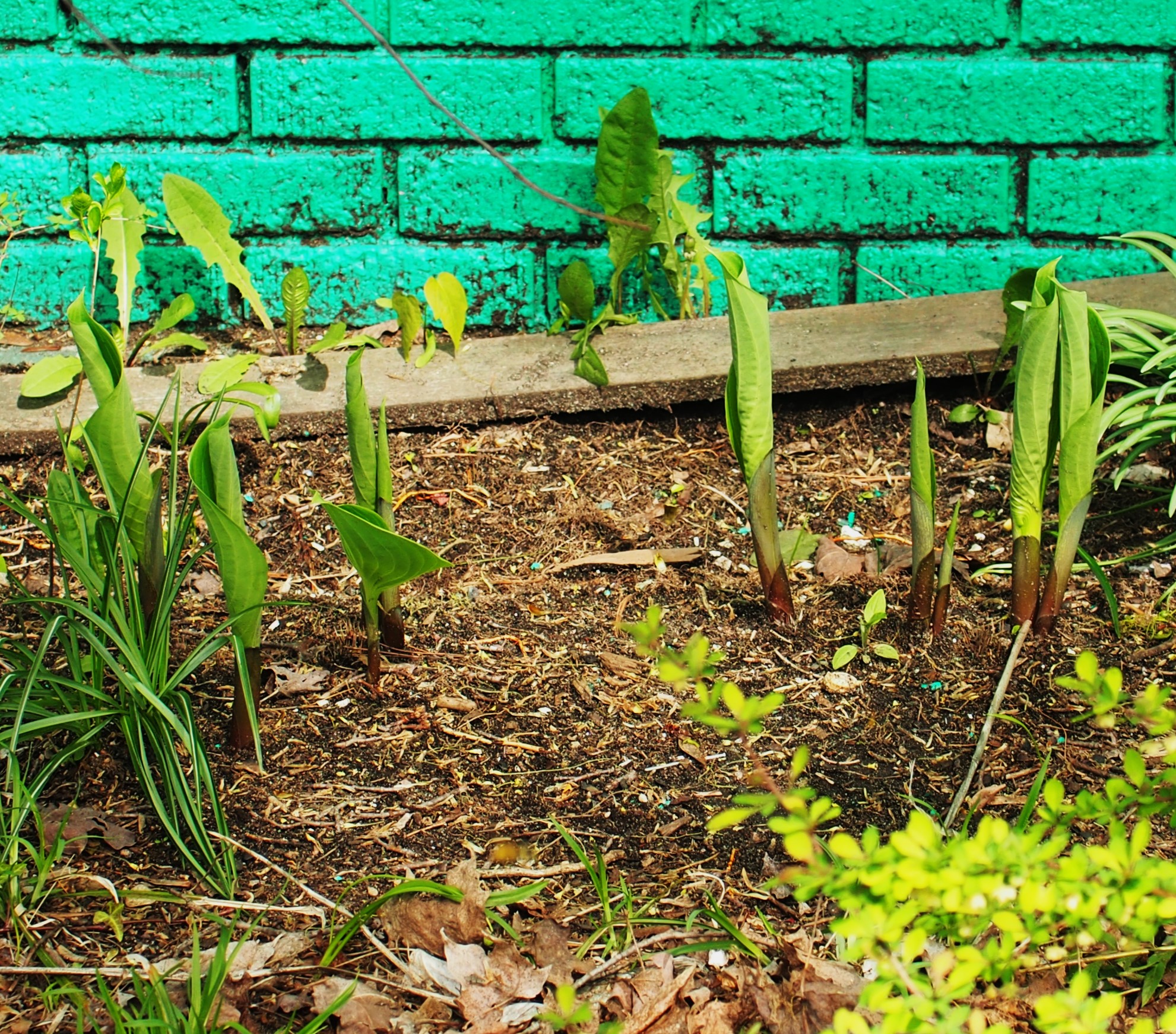


We passed the Garlic Mustard and a growing Columbine to get to the gate. Once inside and near the house, we see that the Pulmonaria has past its flower growing period and the lovely white-spotted leaves are becoming as gorgeous. Here is the mystery Plant we saw before, and maybe now someone can tell me what it is!
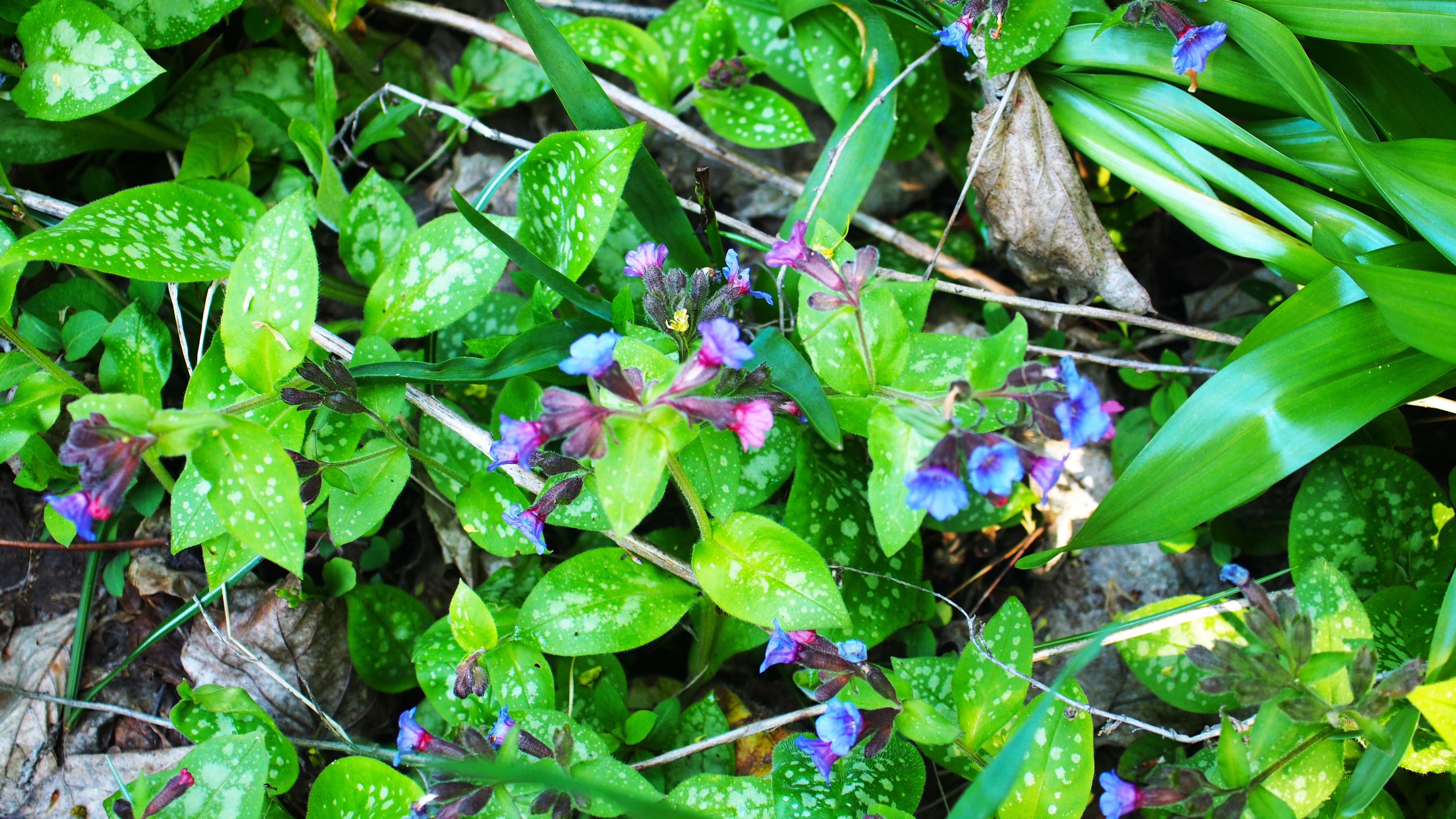
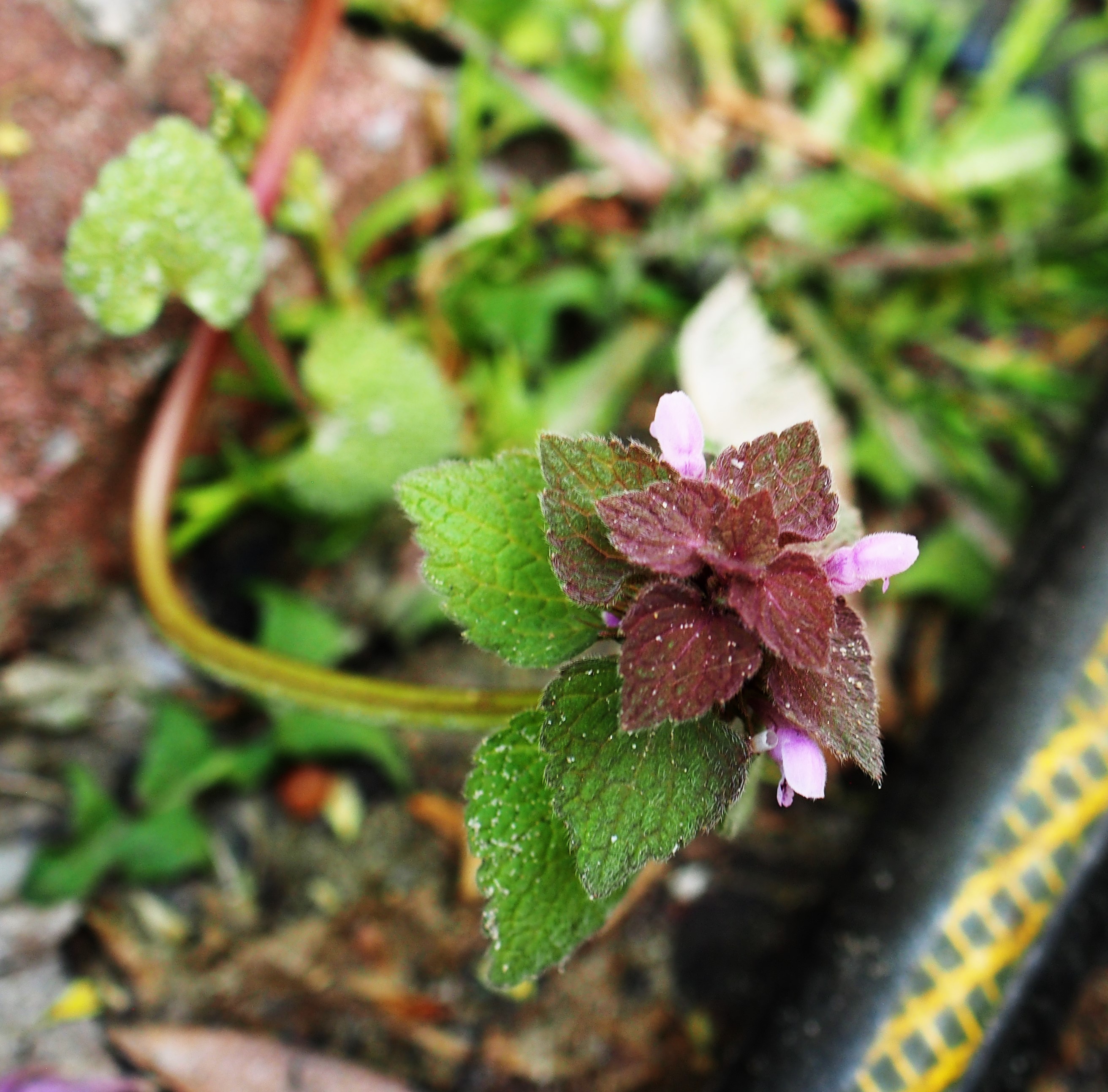
Finally, here is the Celandine Poppy and its friend the May Apple, and our Flower Walk is done for the Week!
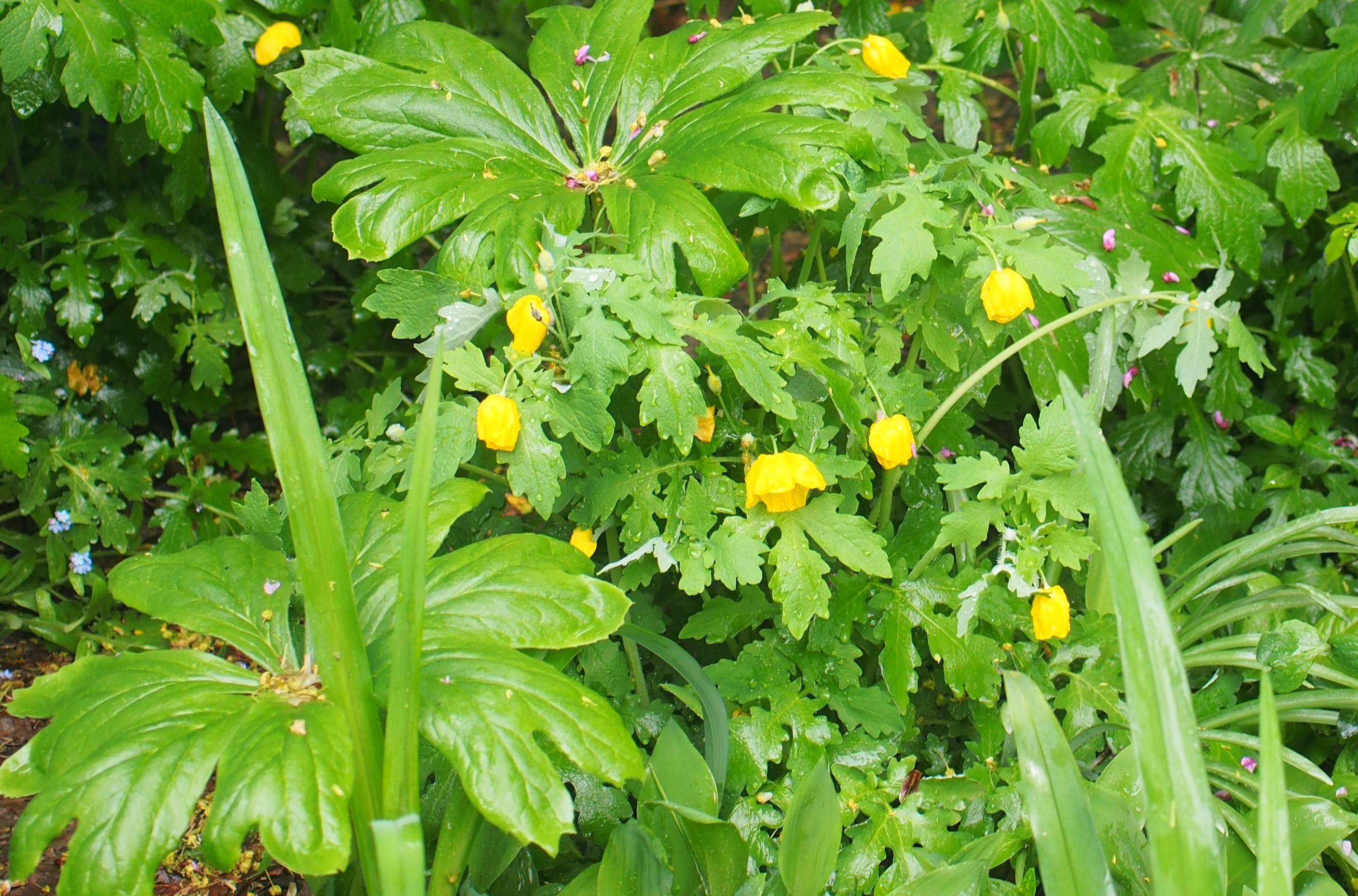
Now let's see our Spider Collection. It will be a fairly short one. Sometimes we recognize a lot of Spiders, and this was not one of those weeks. First, the Humped Trashline Orbweaver is eating less these days or just adding less to his Trashline.
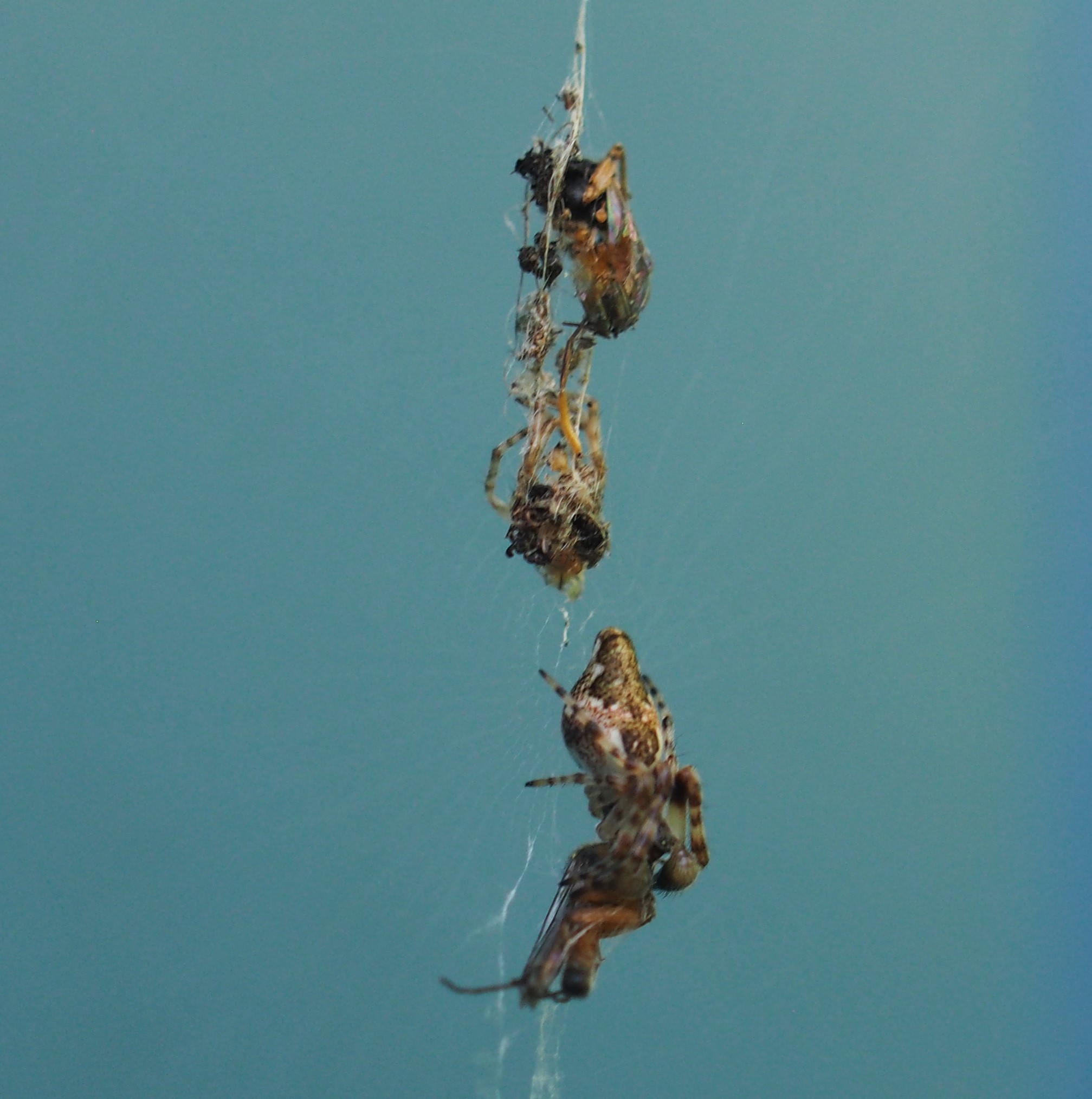
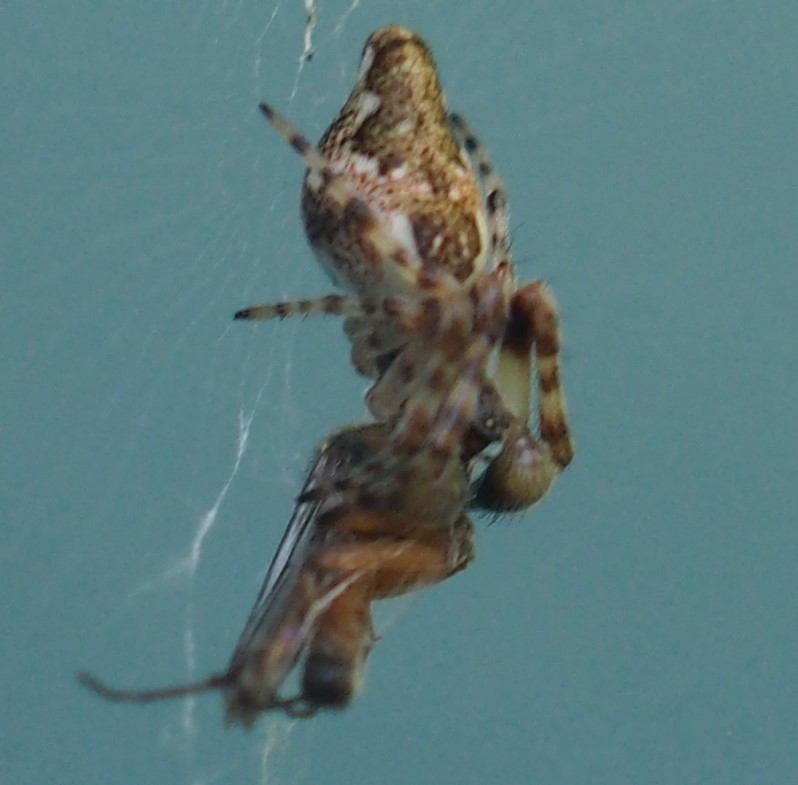
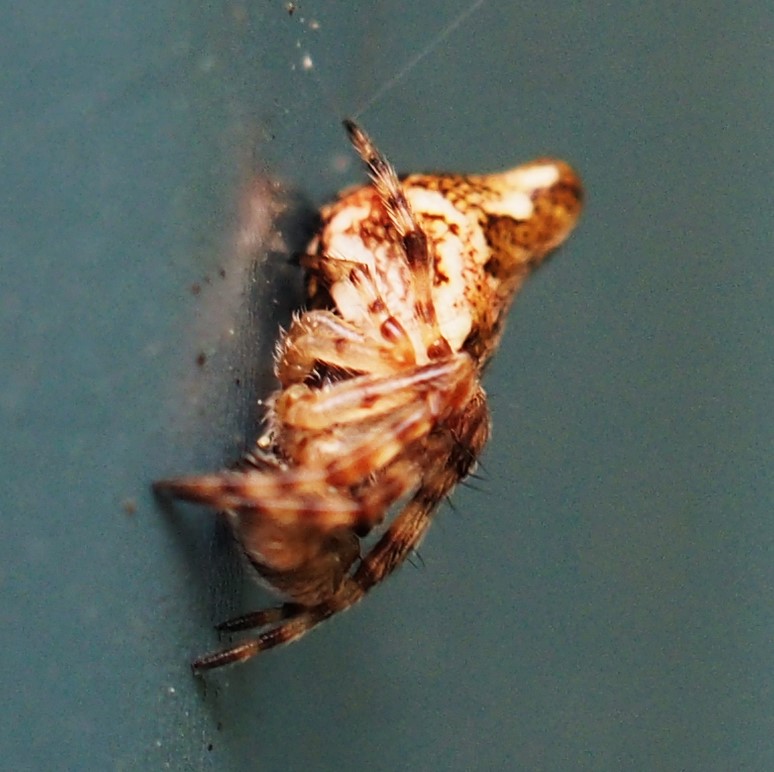
Here's that Grammonota genus (Dwarf) Spider again. Then another Dwarf Spider. And another. There are so many of them (maybe thousands!) it's hard to get even to a genus like Grammonota!
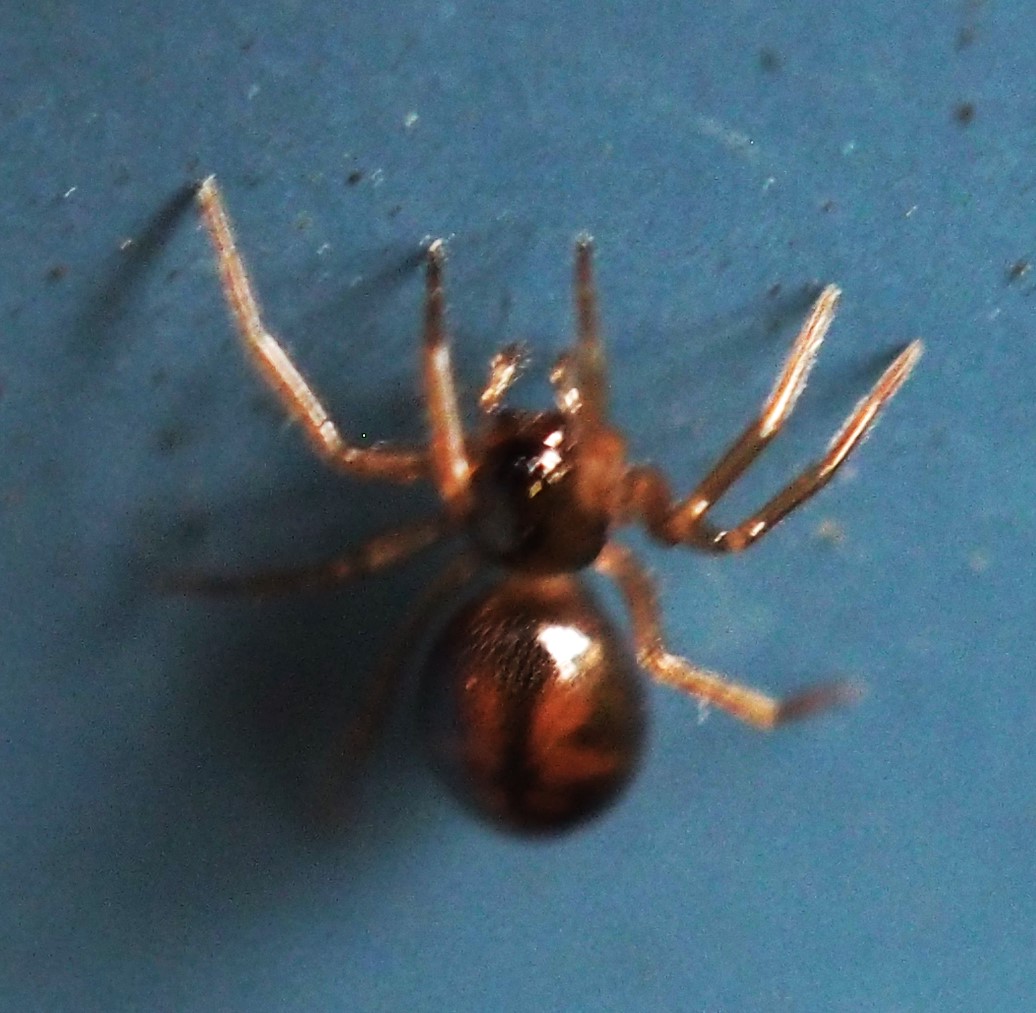
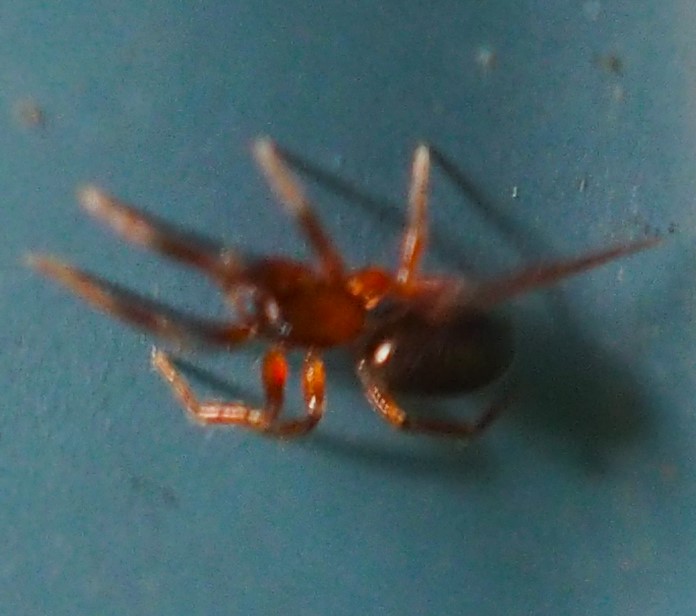

This is a Crab Spider, either in genus Bassaniana or a Ground Crab Spider. Second may be a Common House Spider with fly or wasp prey. Those Common House Spiders come in quite light colors or like this, quite dark. We did have at least one non-Spider, non-Insect visitor, like this thing that I am pretty sure is a Springtail. Since the temperature was about 80 F when I came in from collecting a few things, this seems late for Springtails.
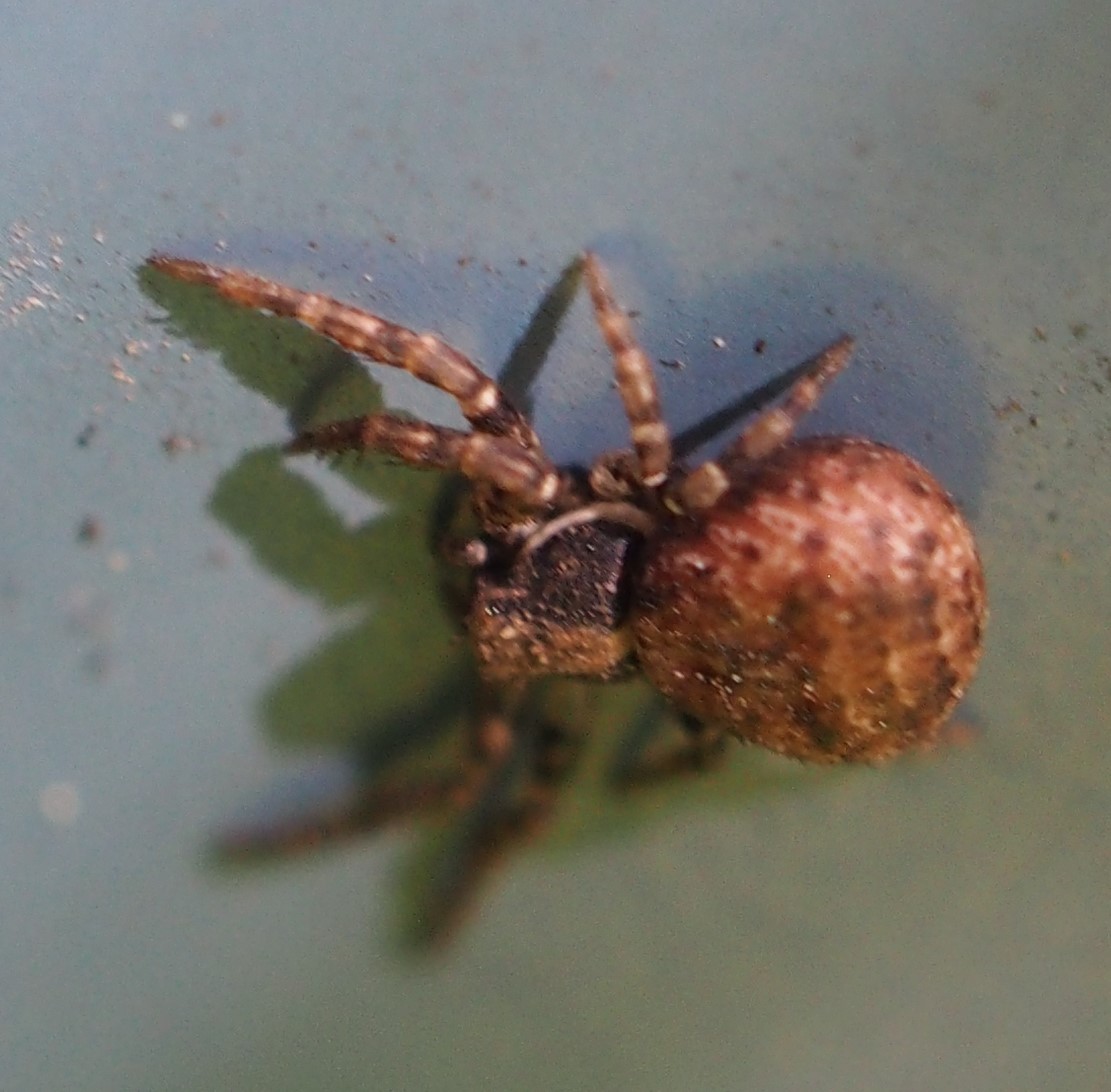
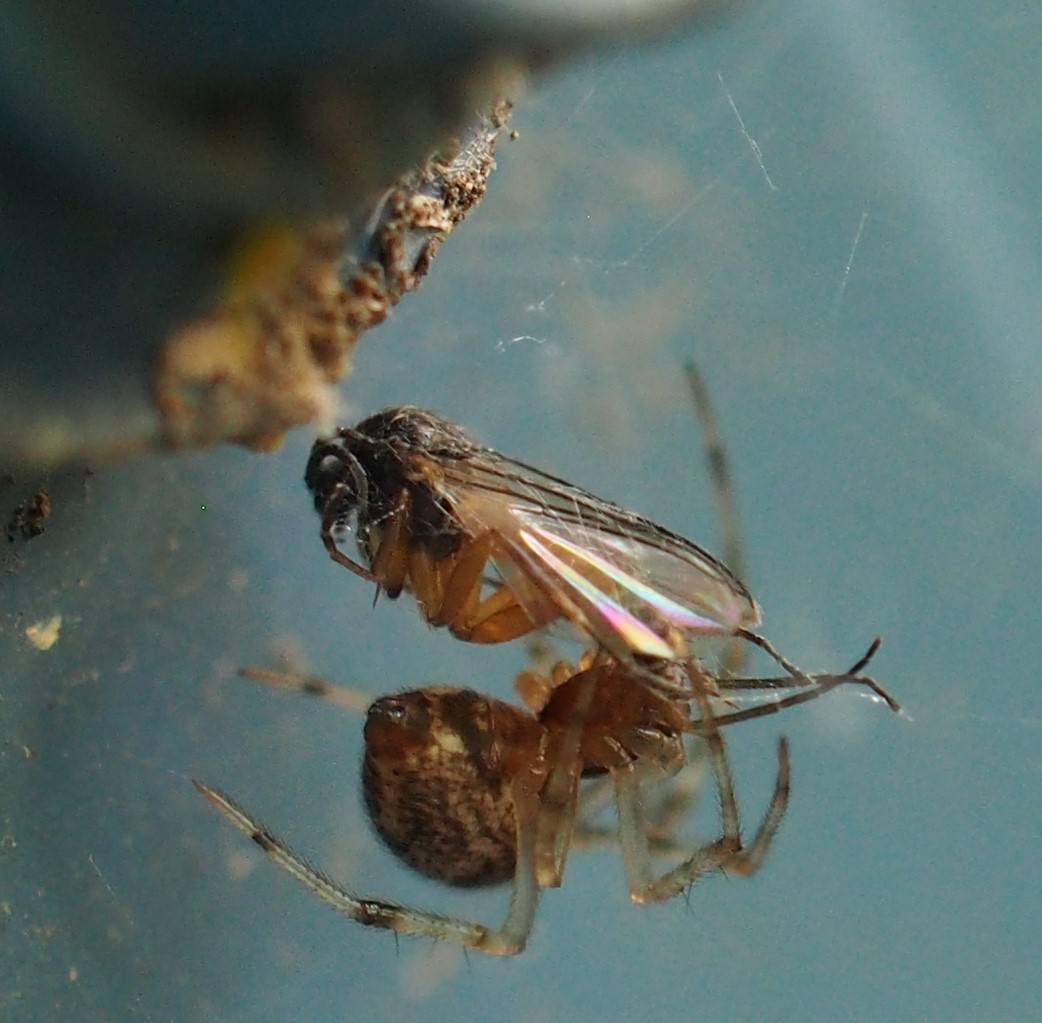
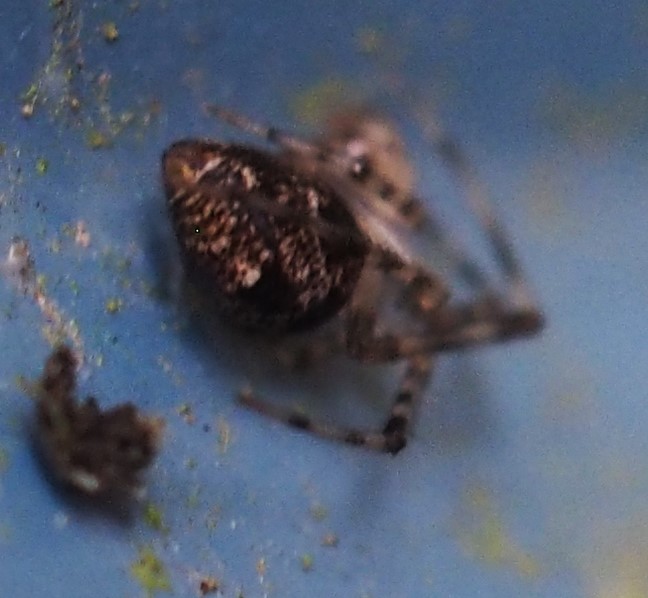

Now to the Vertebrates of our World, it was so cold last week that the Frogs have not been so eager to come out of the water, but if it stays warm, I expect they will come out and stay out longer. They are still somewhat afraid of huge animals like me and Spooky, and sometimes when I come out, I hear Frog bodies hitting the water before being able to see them. But here, I got one picture with five Frogs, which I believe is the top number of them to appear since they came up from the bottom of the Pond. If you will click on the picture you should get the version with little red ovals around the Frogs.
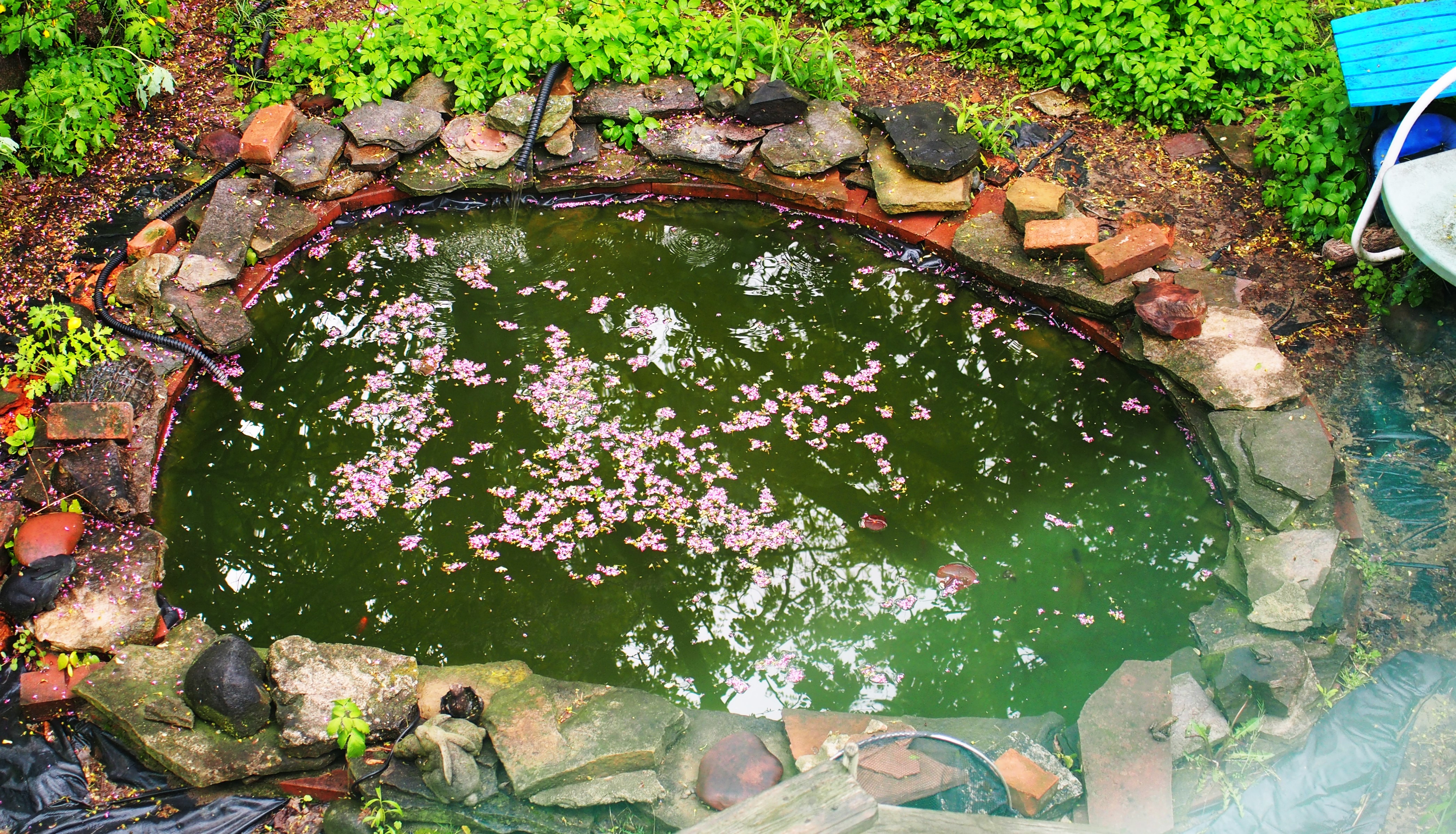
You probably noticed a lot of Redbud flowers in the water. The simple reason is that no matter how beautiful flowers are, they eventually fall from the trees. Here are two tall pictures I've been waiting to show. First, the redbud flowers falling into the pond. Second is a picture Deb took from HER upstairs window.
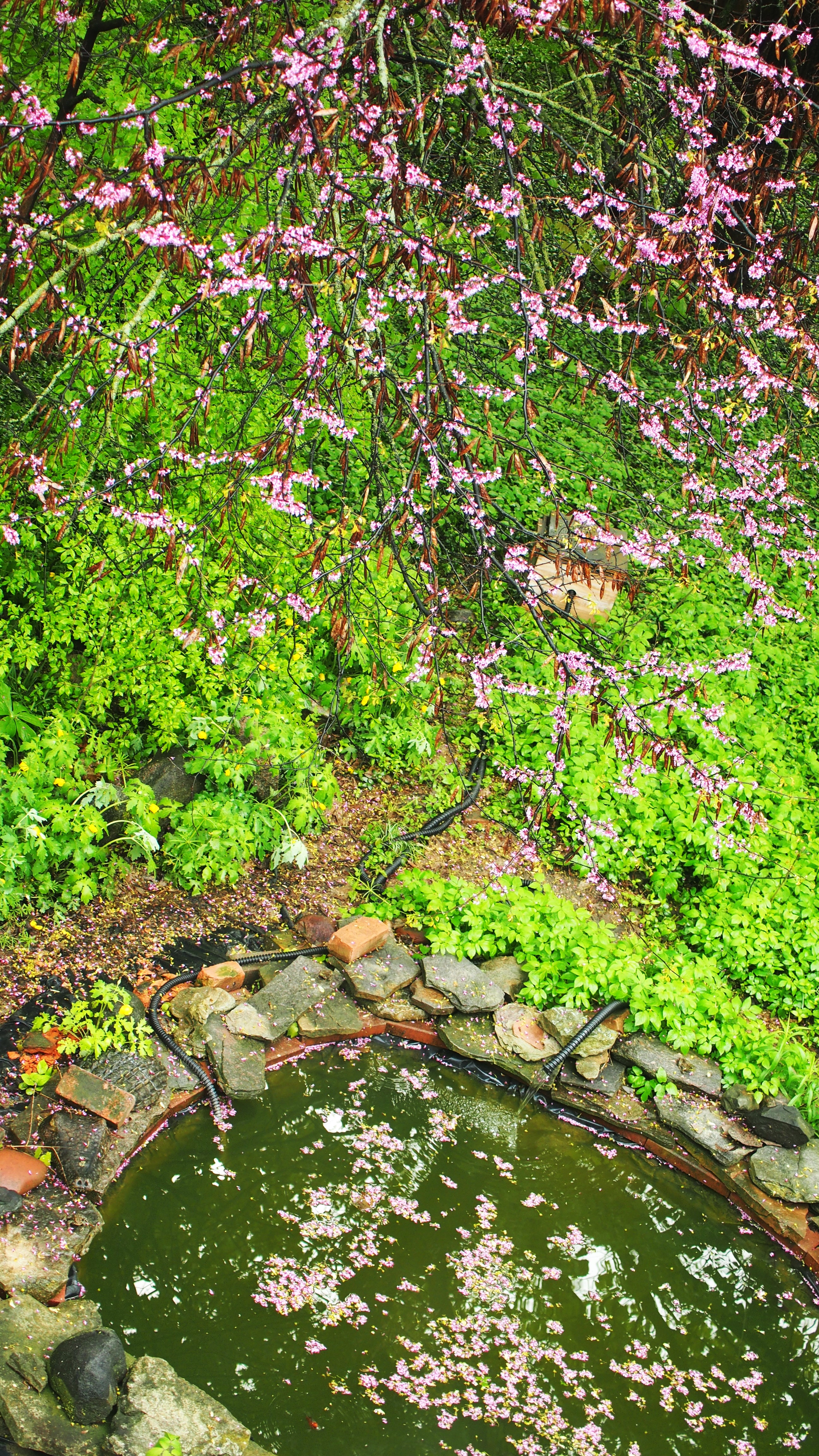

The Fishes are getting hungrier and hungrier after their long winter's fast. It is so exciting to see them darting about for flakes of food. Can you count 10 of the 11 colorful fishes in picture 2?
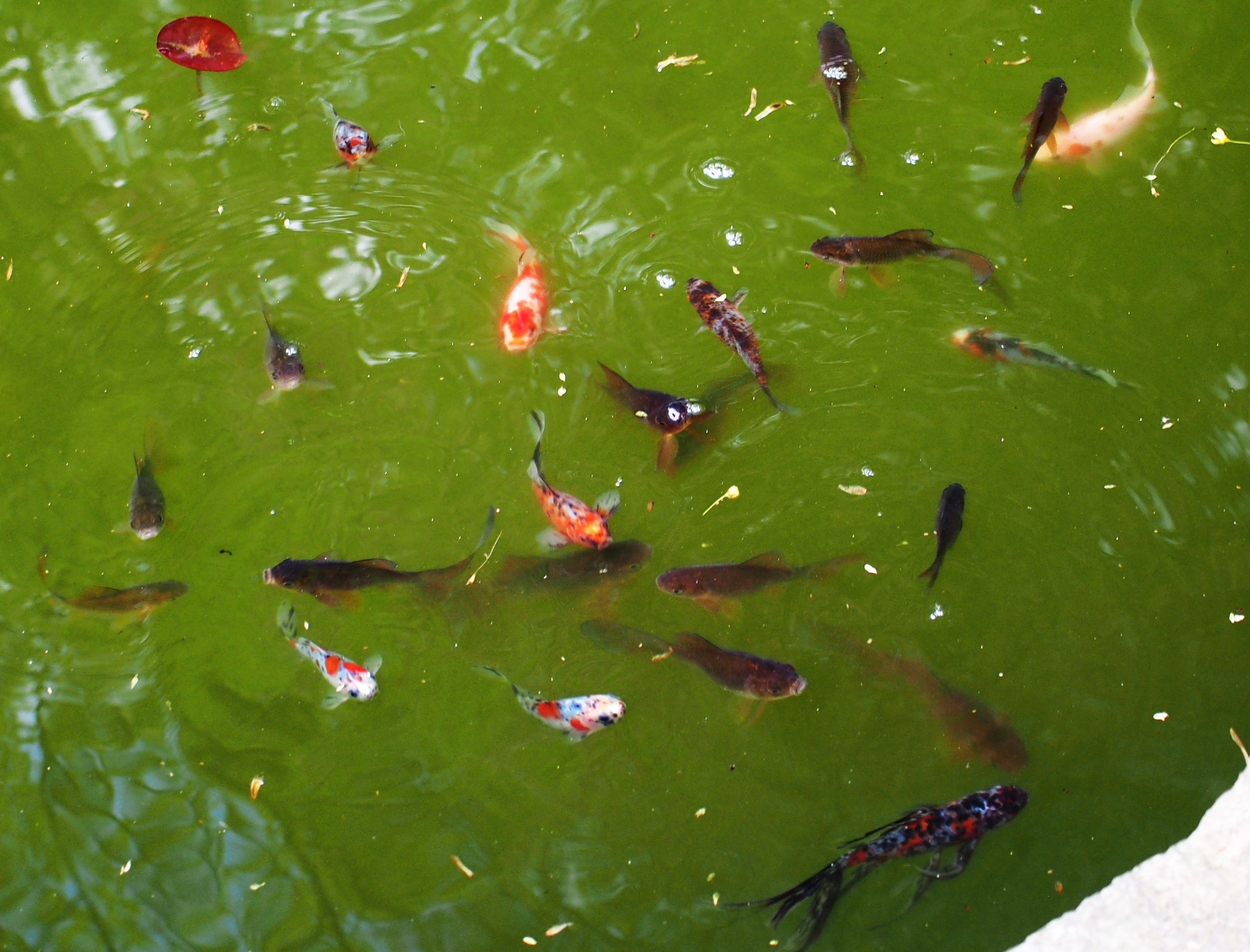
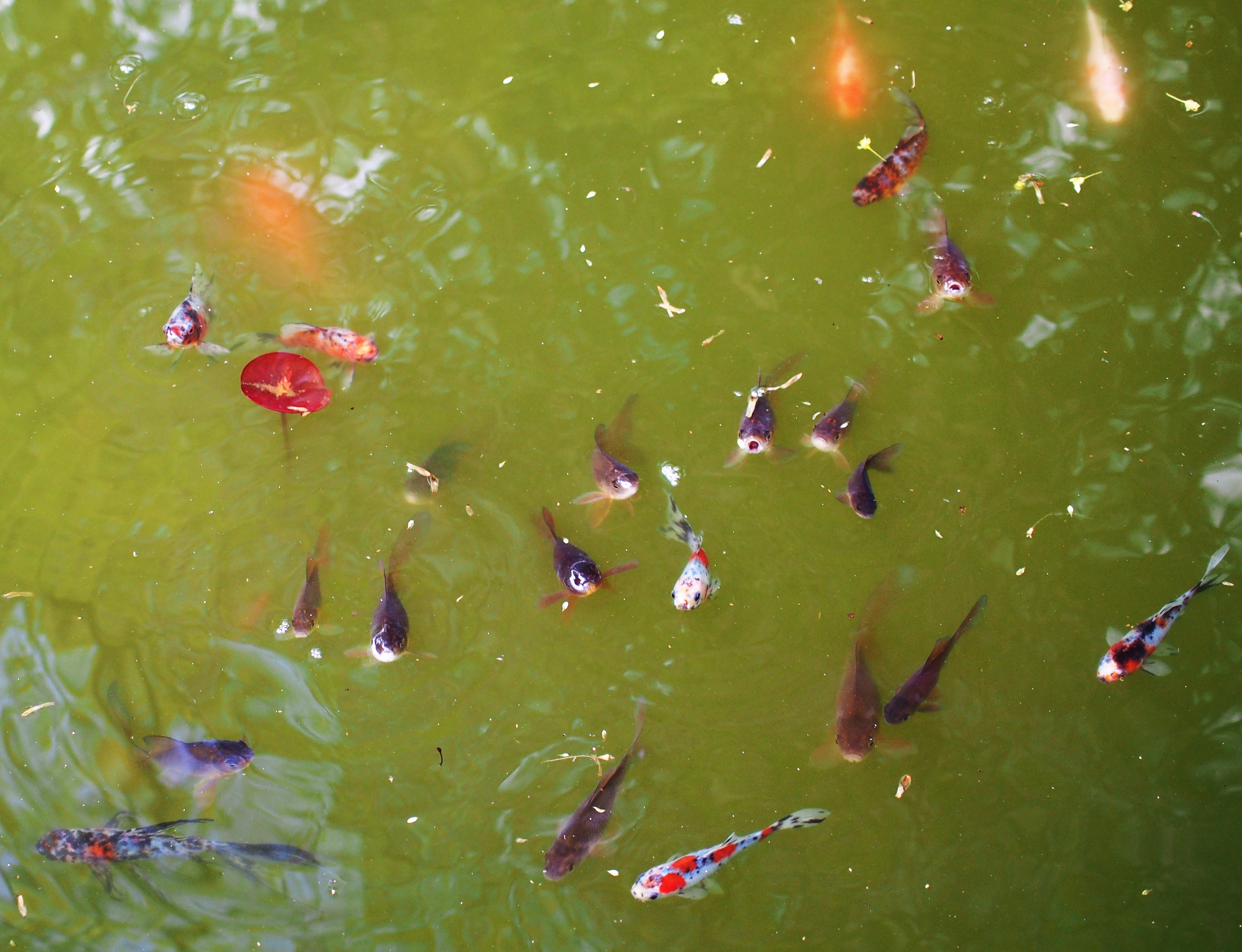
It did seem to be true about the April Showers bringing May Flowers. (And Mayflowers bringing Pilgrims, as we used to say in unenlightened times.) Let's hope that Summer gradually glides in but with fairly nice temperature levels. Last year we were really spared the worst of the heat. Can we hope for two in a row?
Love, Martha
Back to April 30, 2023
Forward to May 14, 2023
Back to main menu
copyright Martha O'Kennon 2023





























































































